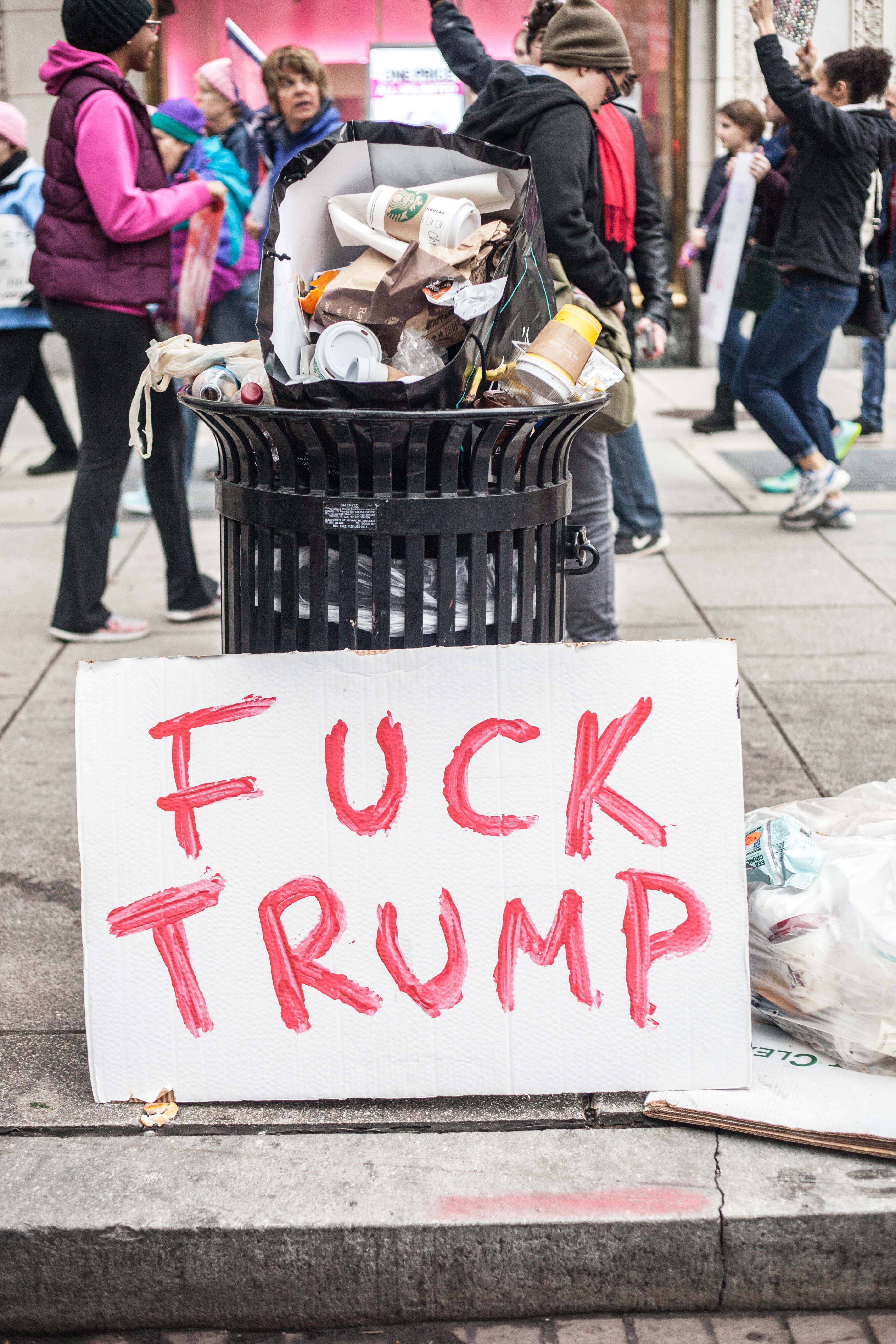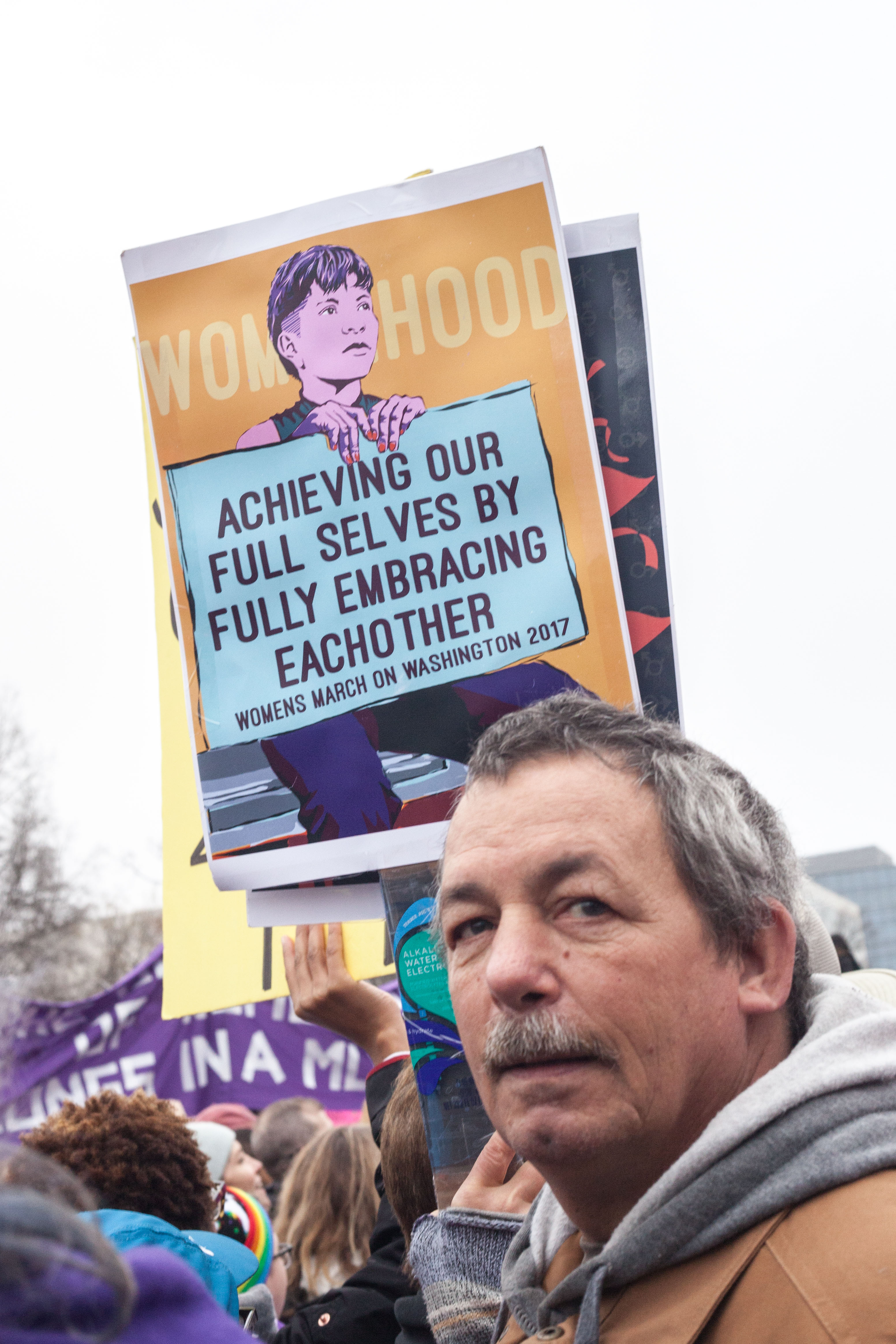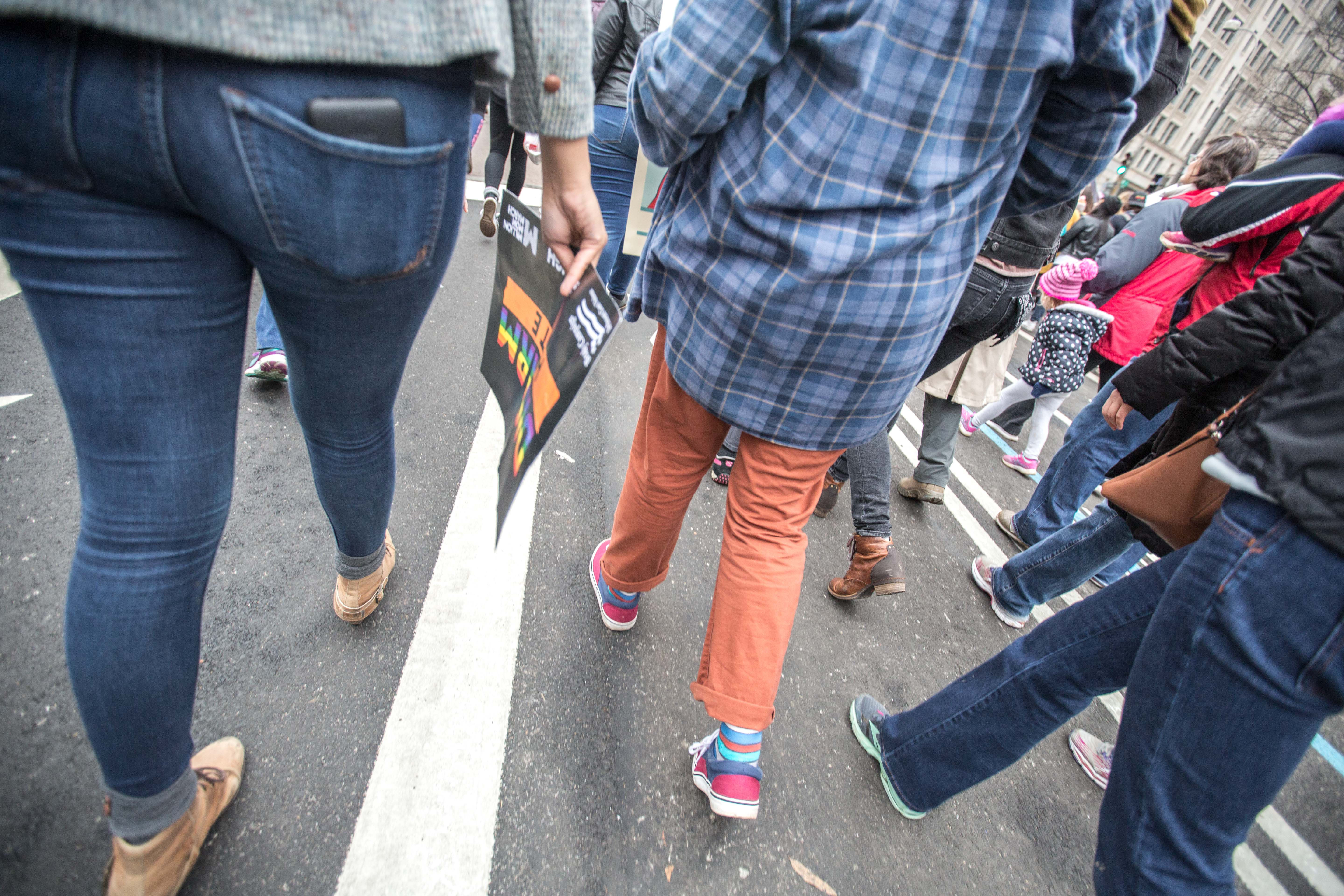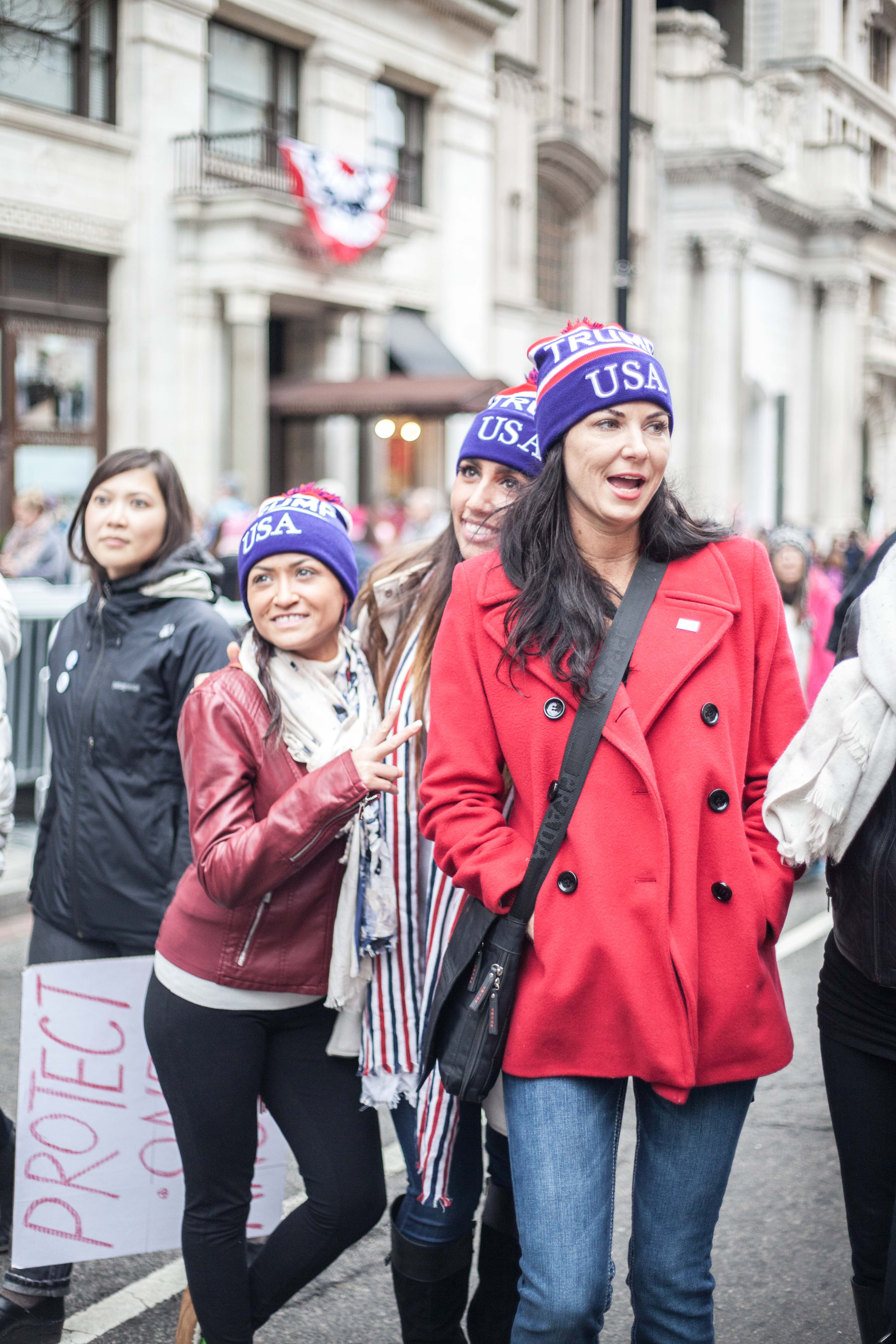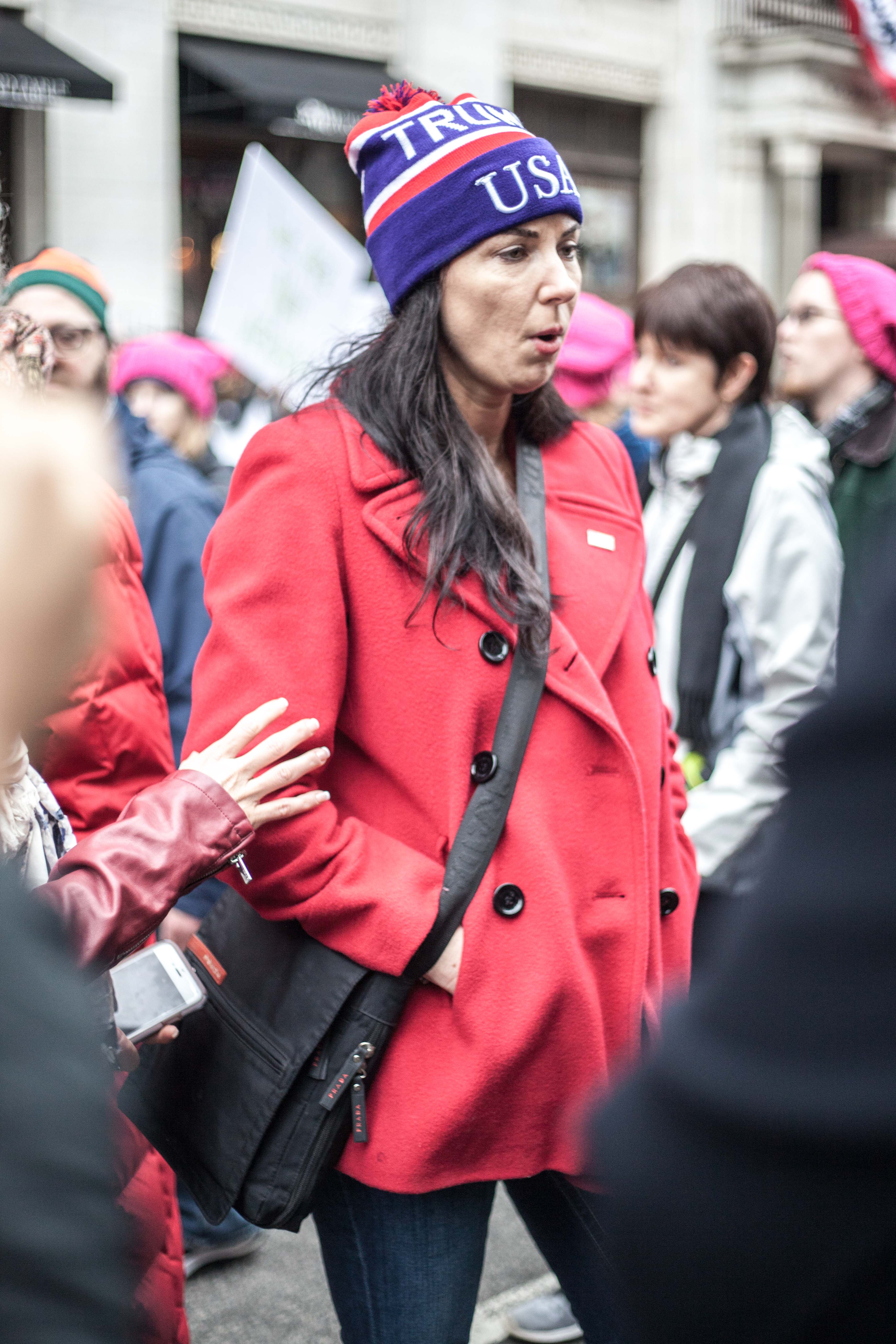The night before the Women’s March on Washington, I sat in my parents’ Gaithersburg living room with a group of friends and colleagues, making a tentative game plan. We were excited and nervous. Hours earlier on the drive down from NYC, I’d thumbed through my timeline, watching videos of inauguration protesters clashing with police in downtown D.C. As Donald Trump gave an inaugural address that framed the last decade of social and economic change as “American carnage,” the official White House website was being updated with a severe new law-and-order section. “Our job is not to make life more comfortable for the rioter, the looter, or the violent disrupter,” the page reads.
Meanwhile, hundreds of thousands were expected to arrive in D.C. for the Women’s March – a protest that, while centered on women, embraced an intersectional platform that included everything from criminal justice reform to disability rights and more. Given the short turn-around time to put this mass mobilization together (just two months), the debates about the inclusivity of its platform, the discussions of whether men had been made to feel “welcomed” enough to support, and the tense atmosphere in DC, it was unclear how it would all pan out.
But when I woke up on Saturday morning to find the entrance to the Shady Grove metro station choked with a crowd of jubilant, pink-hatted protesters (two full hours before the march was slated to start), I knew I was witnessing history in the making.
On one of the largest protest days in U.S. history, I saw men, women and children of all races, ages, ethnicities and orientations flooding the streets of D.C. There were at least half a million of us, sharing space respectfully, delighting one another with innumerable creative signs, slogan t-shirts, props and costumes. There were advocates for equal pay, climate change action, Black Lives, reproductive rights, disability rights, health care access, immigration reform, LGBTQ rights, criminal justice reform and Native land rights. There were also, of course, plenty of Trump critics, whose signs ranged from the serious to the quippy (his orange-ness made for particularly creative signage).
I knew I was witnessing history in the making.
Over the course of the afternoon, we chanted “We need a leader! Not a creepy Tweeter!,” with a group of high school students, and danced with a throng of Korean poongmul drummers. Even as the massive turnout made it impossible to get within earshot of the A-list lineup of speakers, or to figure out where the march began or ended, enthusiasm could not be dampened. Every so often spontaneous cheers and whoops swelled through the crowds. The total lack of cell phone service forced us all to be present.
The march gave many hope that a broad-based coalition united under an intersectional platform could be possible.
The confrontations I witnessed – an exchange between a protester and a woman in a “Trump USA” beanie about the Black Lives Matter movement, for example – remained relatively civil. According to the New Yorker, there wasn’t a single arrest by D.C. police (both a surprising fact, given the size of the march, and a reminder, as this Twitter thread notes, that the style of policing can influence how peaceful protests are).
In the weeks and months that follow, it remains to be seen how this upsurge of civic mobilization will get channeled into continued, meaningful action. The march gave many hope that a broad-based coalition of marginalized communities and middle class white women, united under an intersectional platform, could be possible. But others expressed doubt about what this solidarity will mean moving forward.
Only time will tell. I for one, will be holding on to the hope and the magic that Saturday gave me.
Below, check out photos from the day.
All Photos by Itzel Alejandra Martinez for Remezcla.
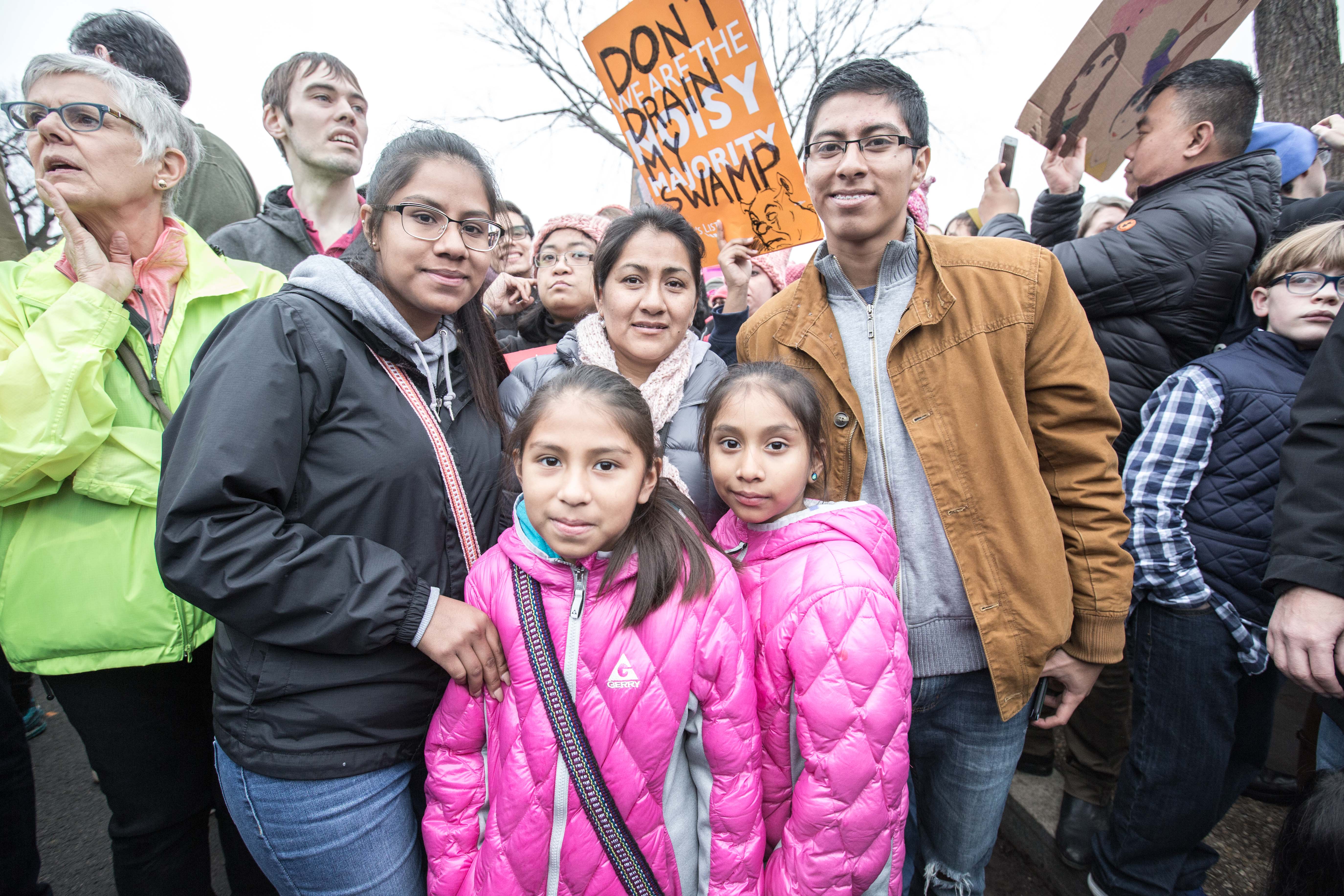
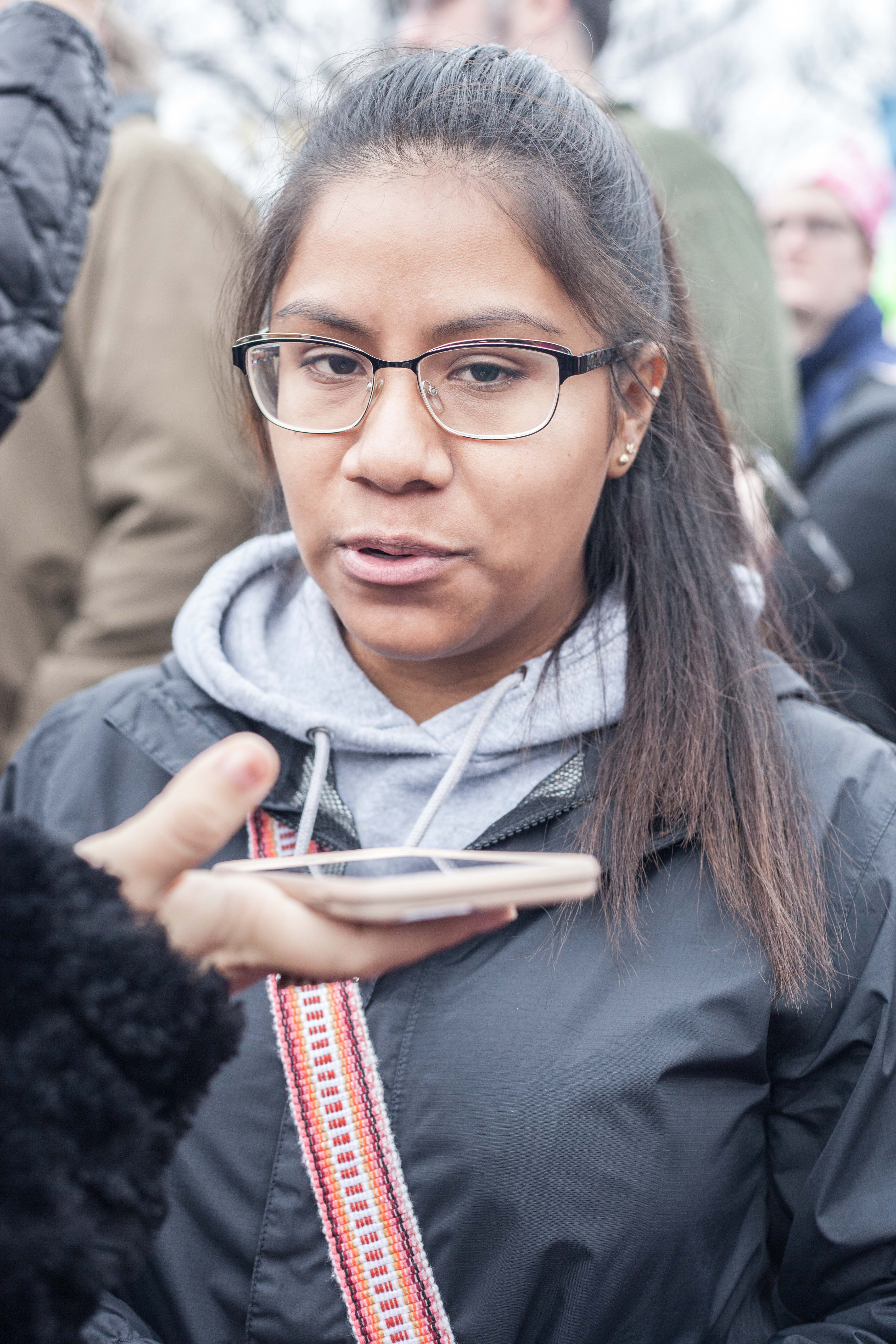
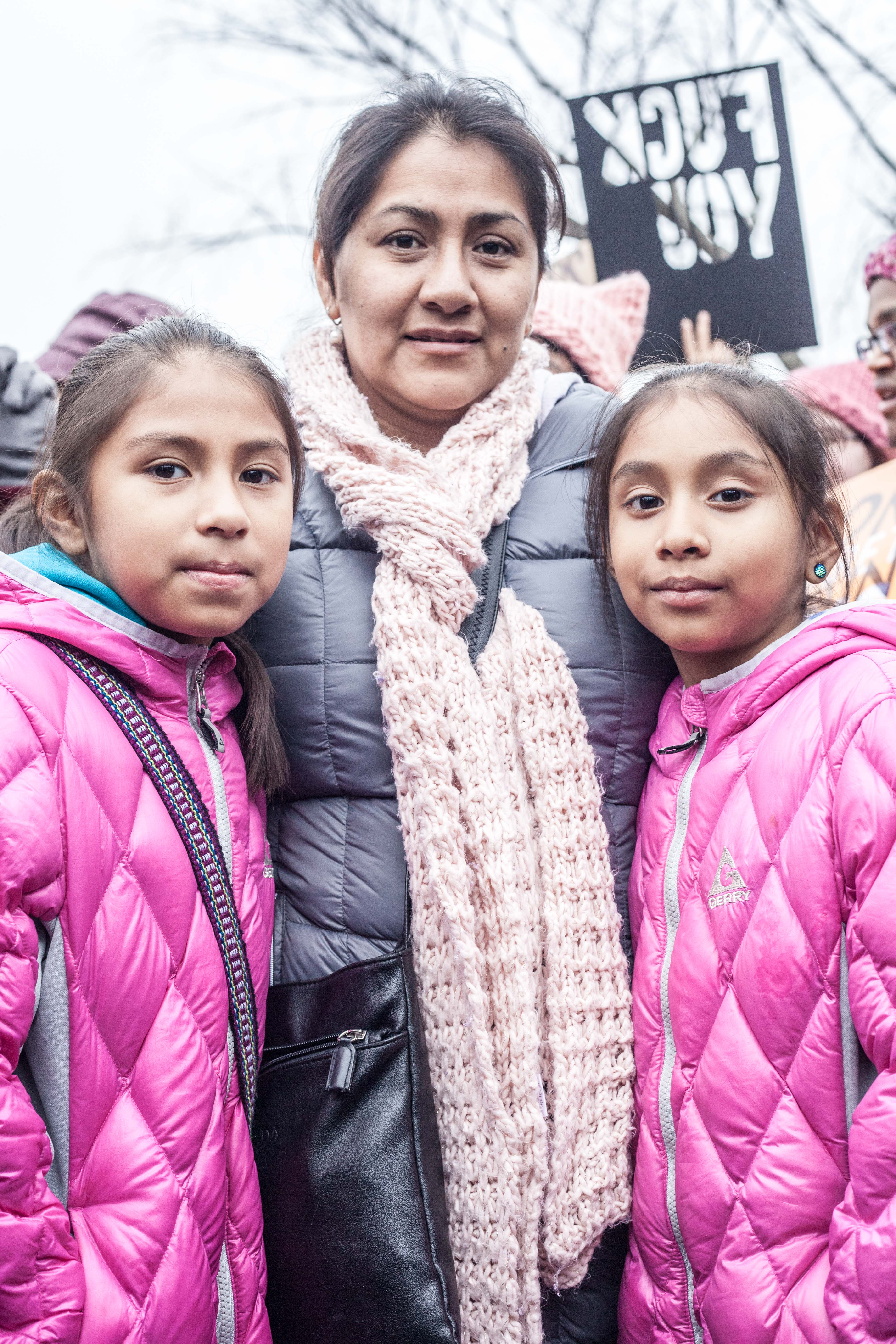
“I’m here to support women and everything against Trump. Our family is from Mexico, so his presidency really affects us all. Being a young Latina woman today, there’s a lot of emotions. With the presidency, you start to feel like the country’s against you – but then coming out to this march you see that many people are with us and for the community. And you start to feel like part of the U.S. again.” – Brenda Perez, 19.
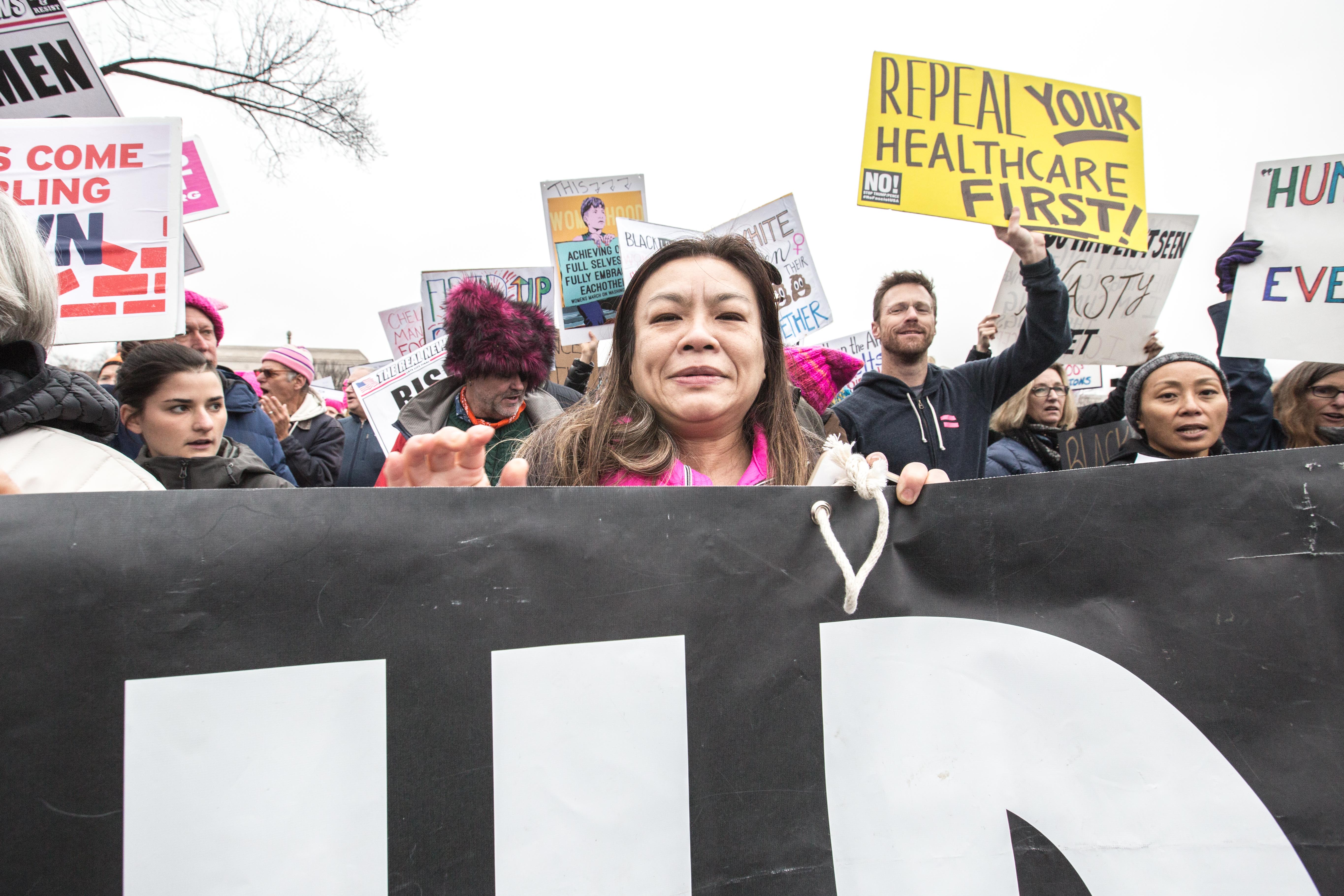
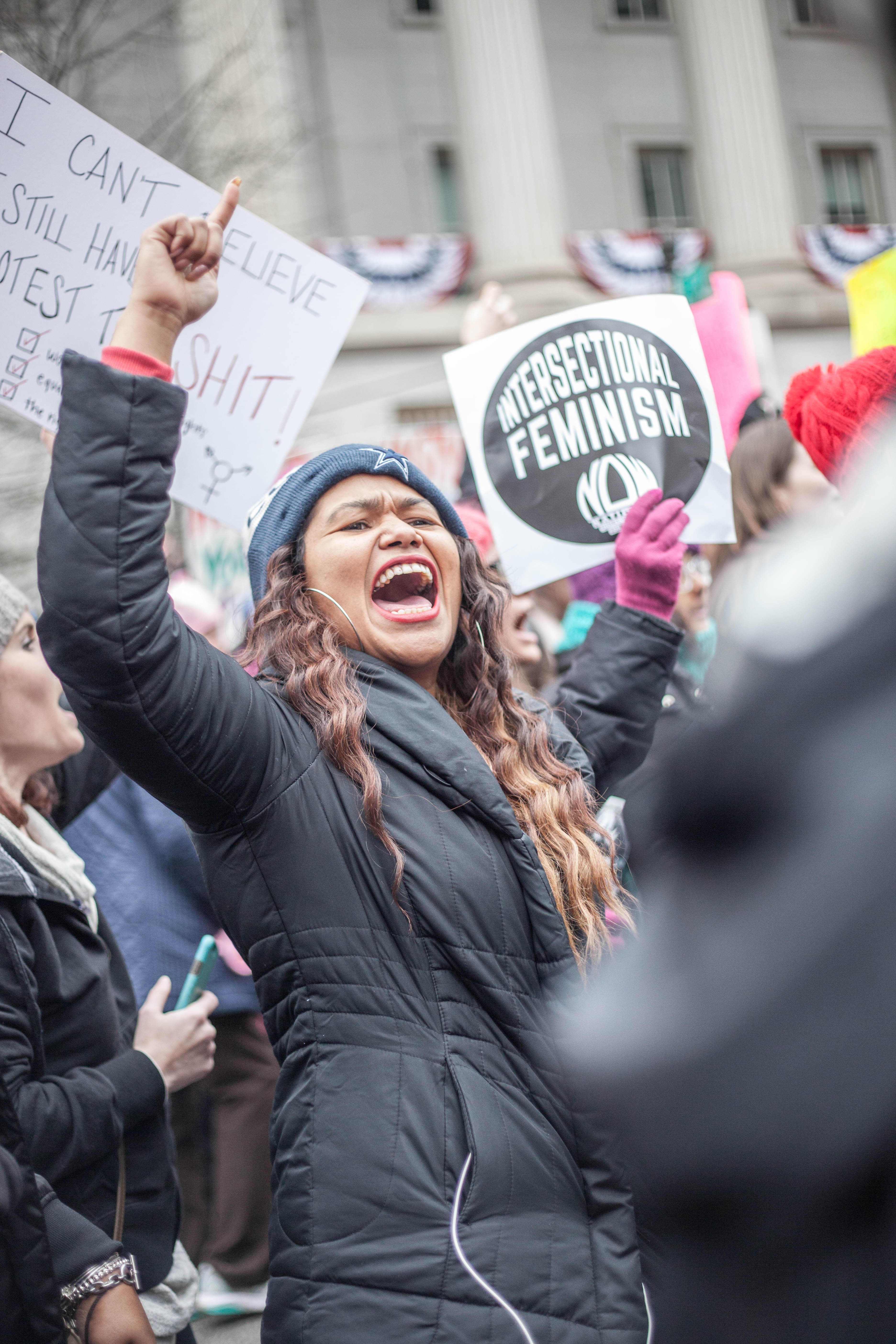
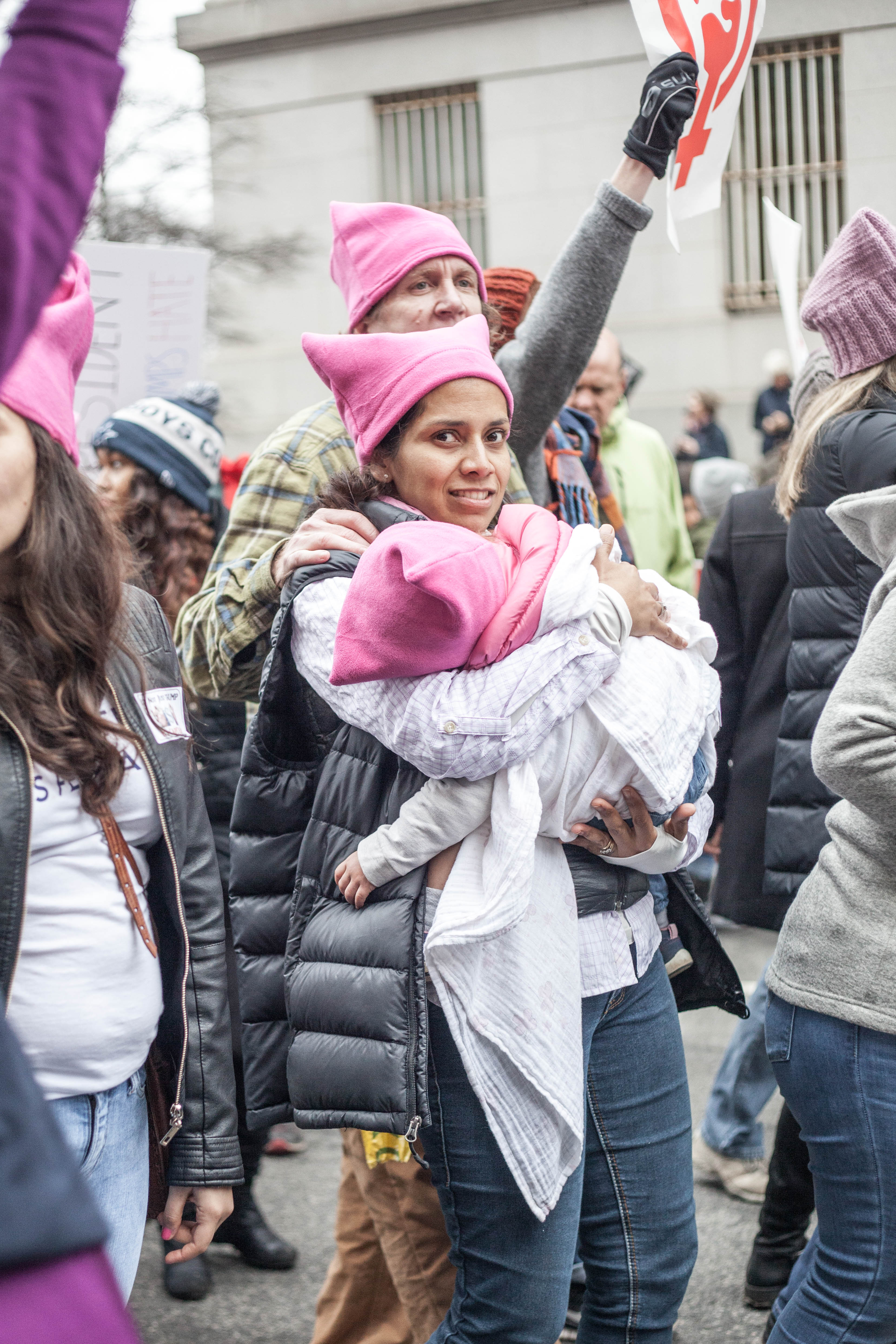
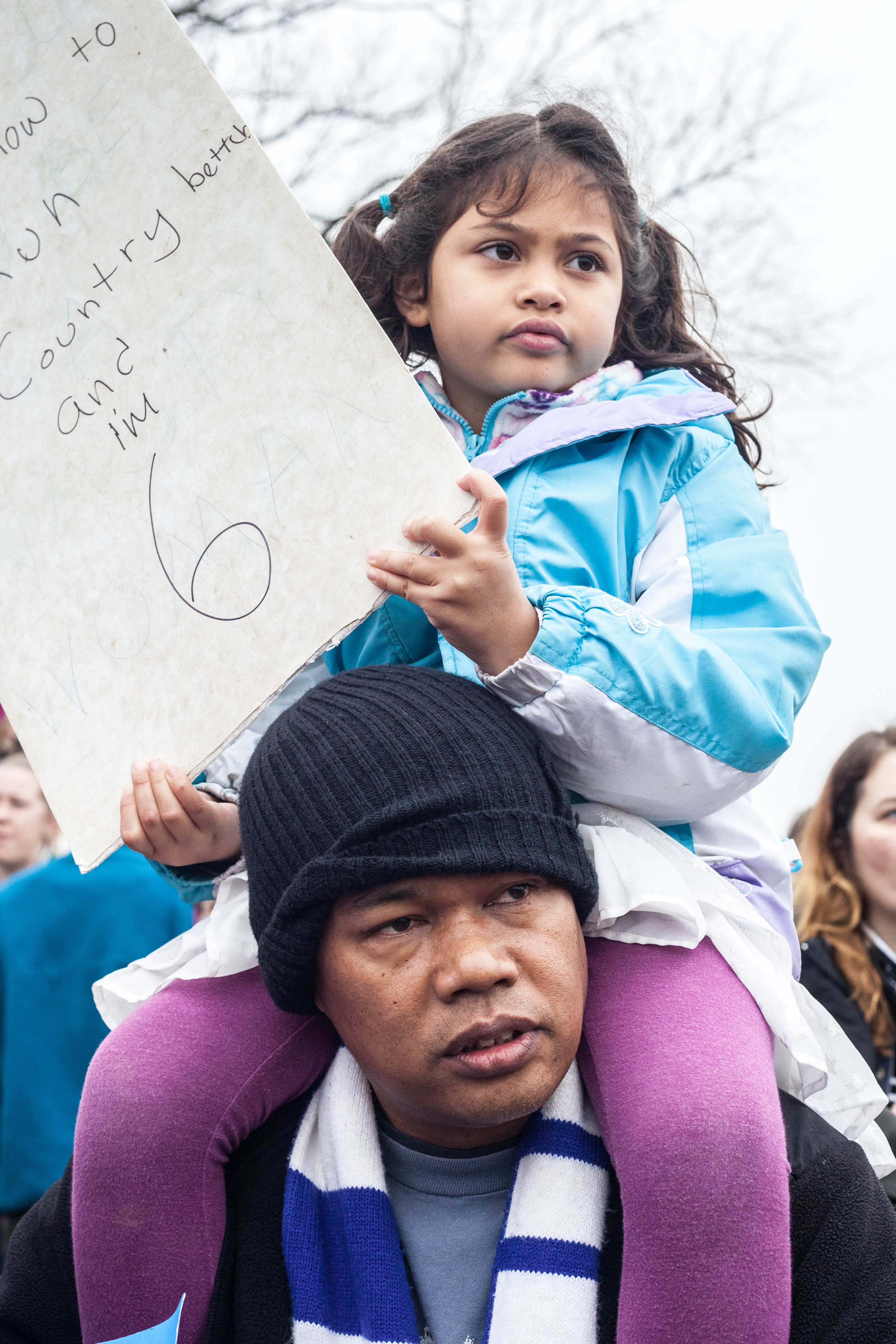
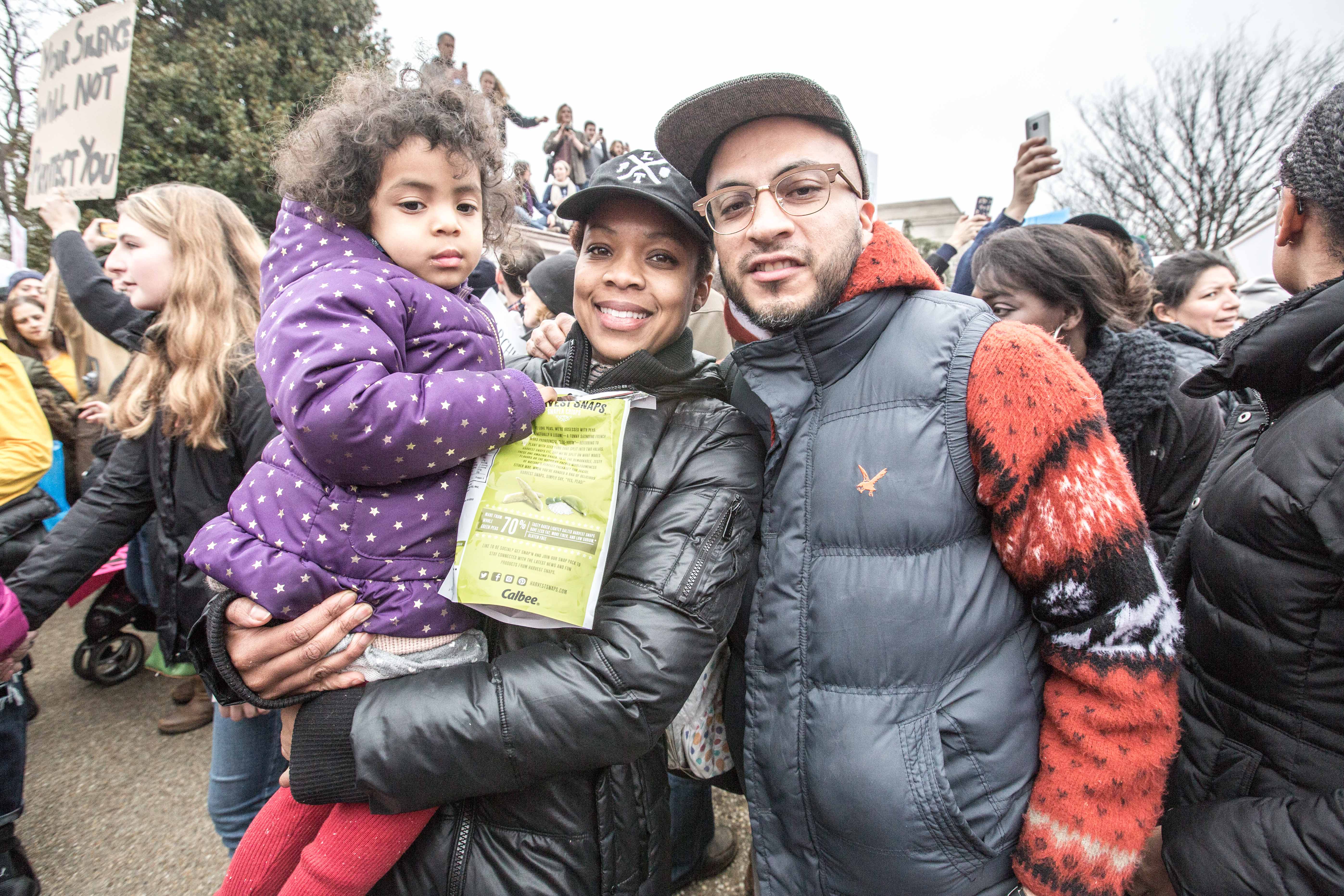
“We came out to be in solidarity. Mostly I came out to encourage my daughter to have a voice now and in the future. And to stand for what she believes in. I’m out here for women and for men – the men need the women and the women need the men, right? So I’m out here for the future.” – Marco Villegas, 36.
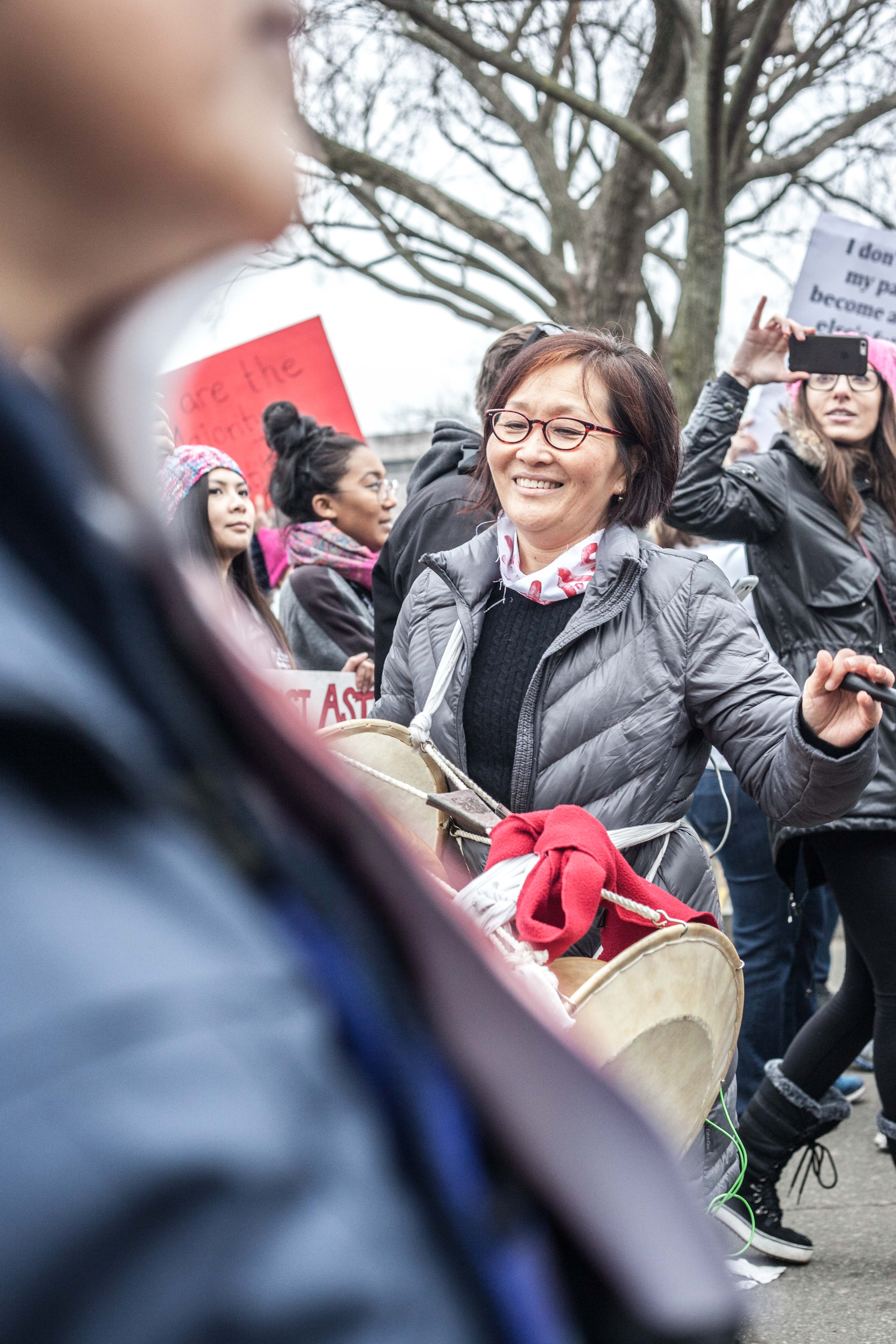
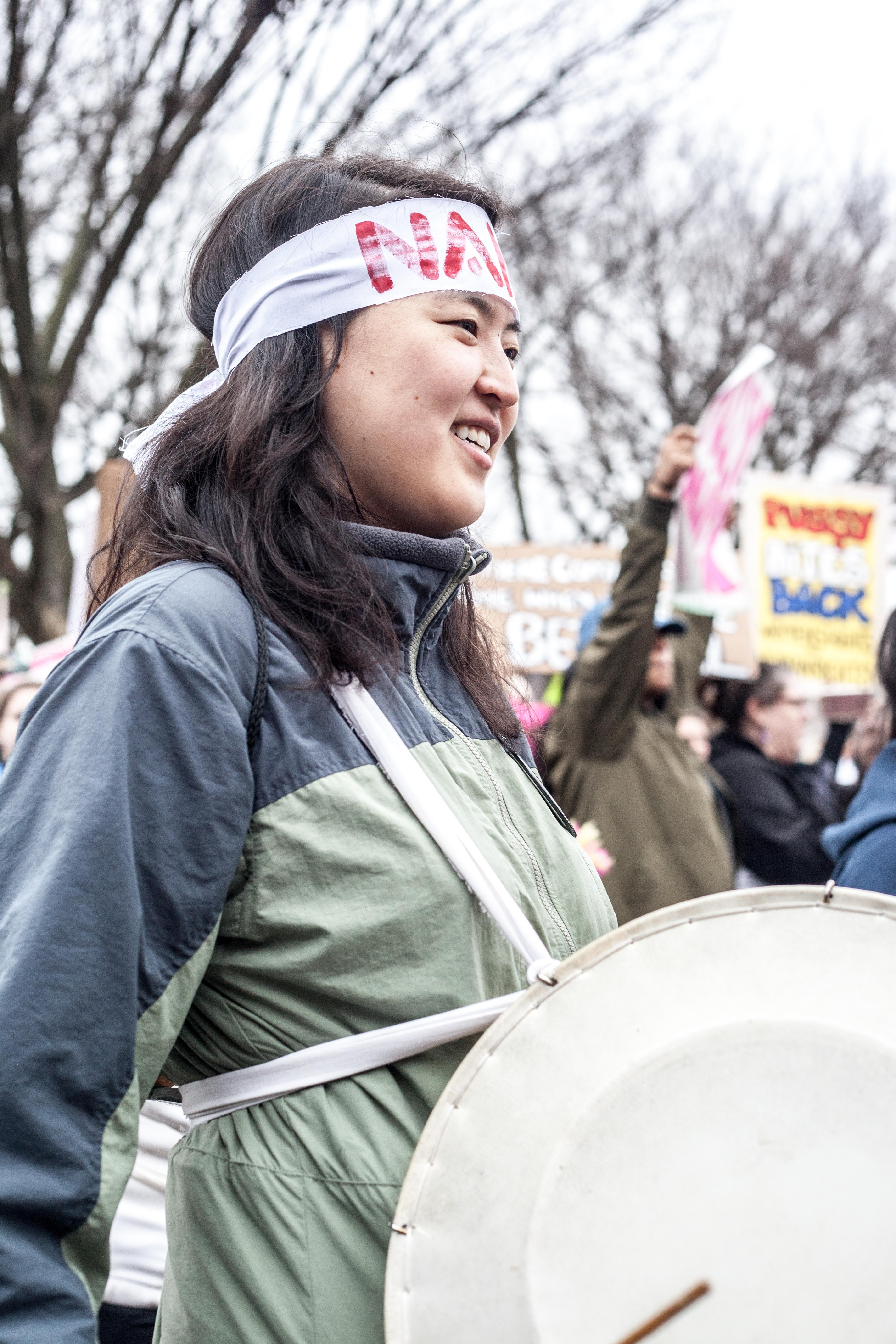
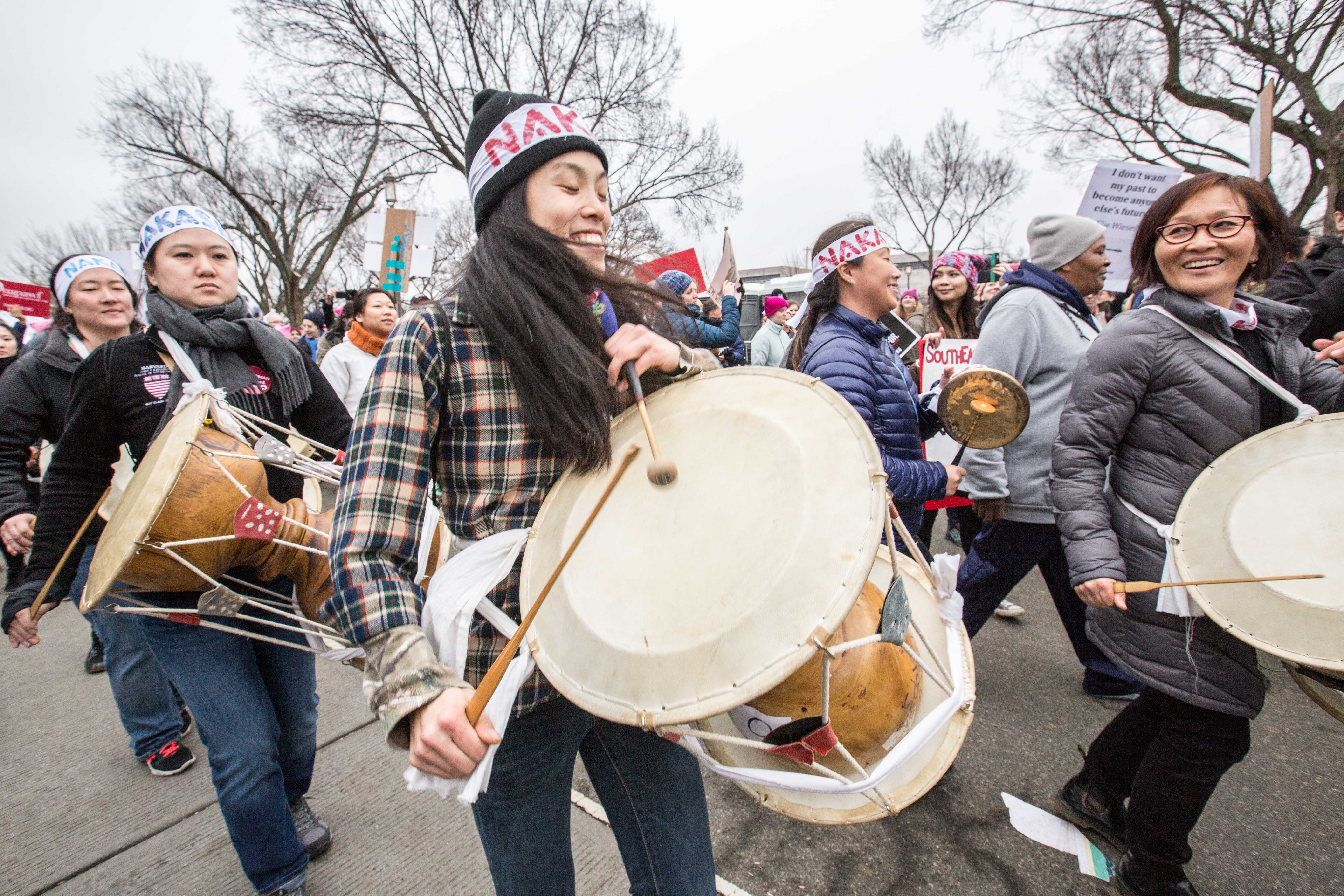
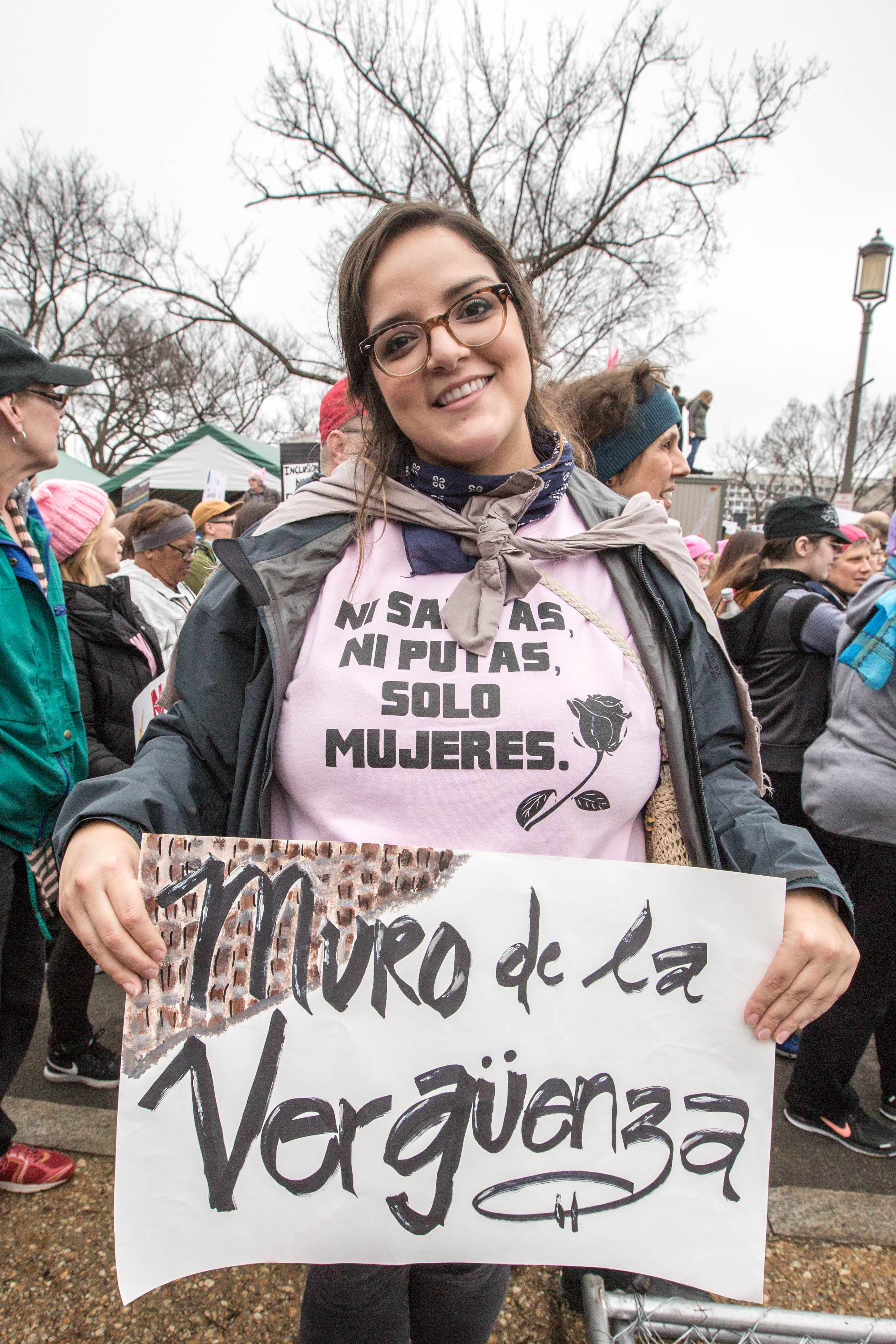
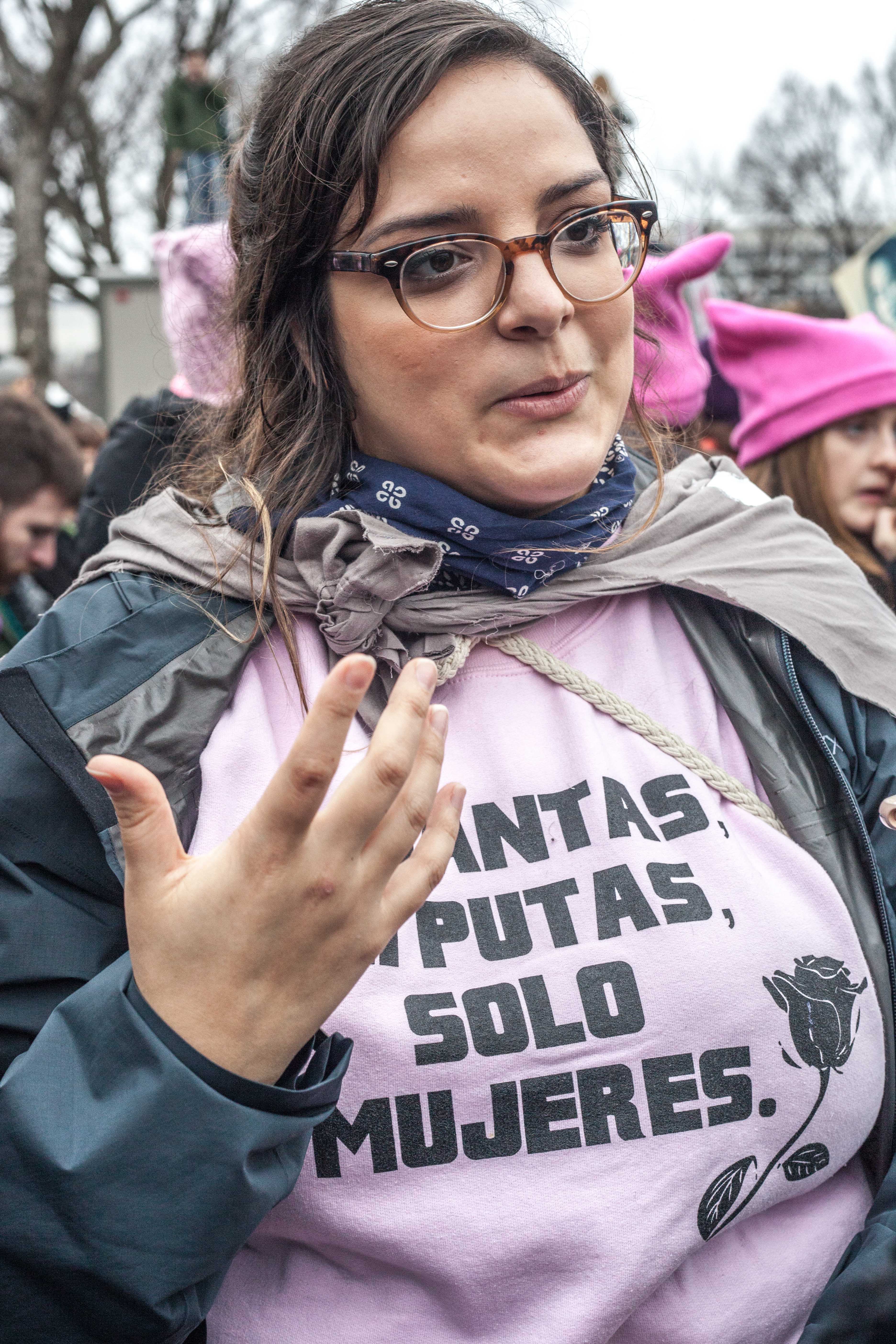
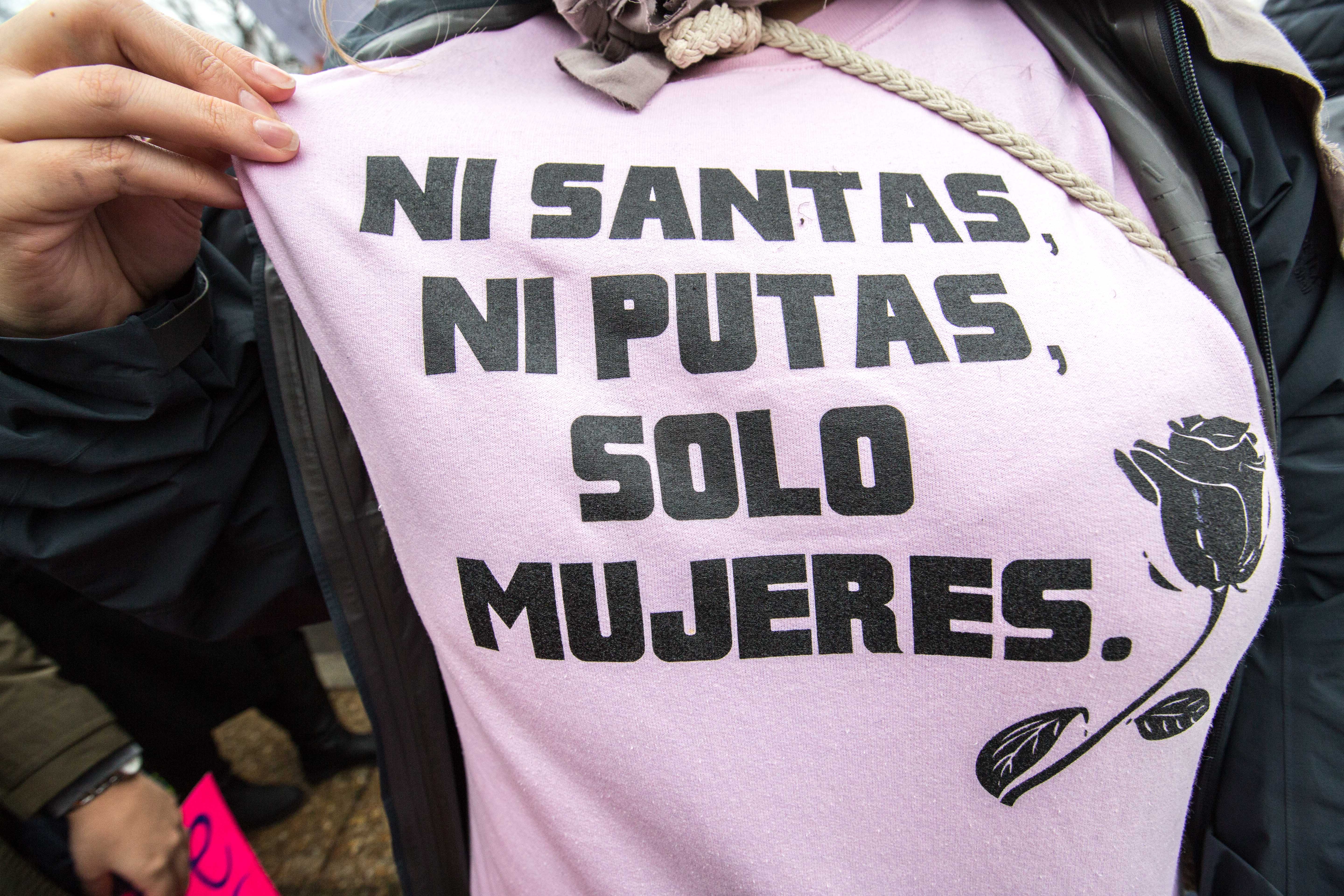
“Shock, dismay [brought me here]. The feeling of me needing to be empowered with my people and the people that agree and want to resist. Obviously this idea of wasting people’s tax money by building this wall is extremely offensive, because it is not really deterring any sort of terrorism or drug trafficking. It’s saying ‘Oh, we don’t care about all the people who are affected by the drug trade. We’re just going to build this wall so therefore we’re safe, and we don’t have to spend any money on this.’ And that’s such a lie. [I’ve been] working with women who were solely affected by the drug trafficking in Central America. And also my other big issue is climate change. And [the fight] is all gone today. All of it’s gone, and that’s a huge issue.” – Cara Hernandez, 26.
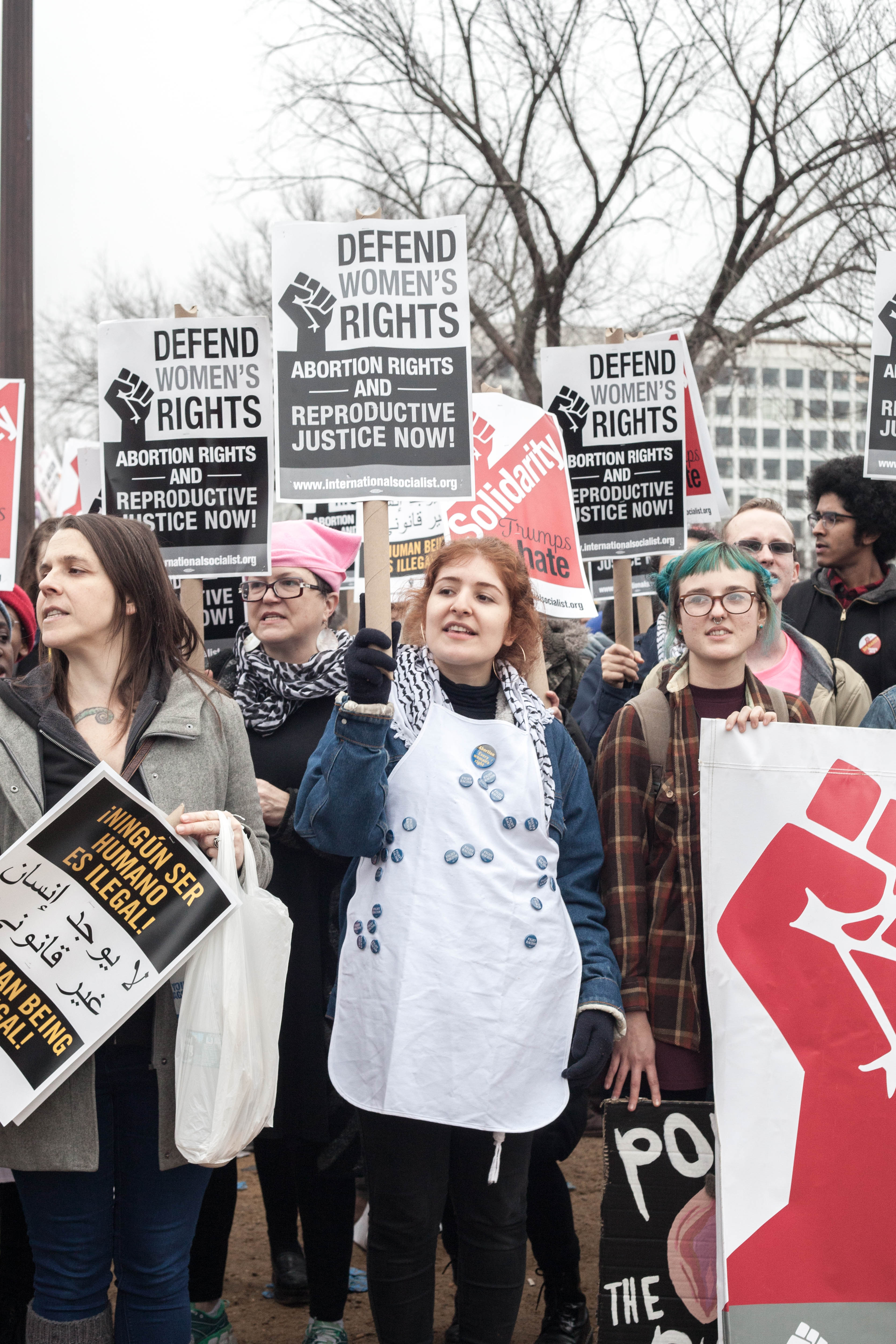
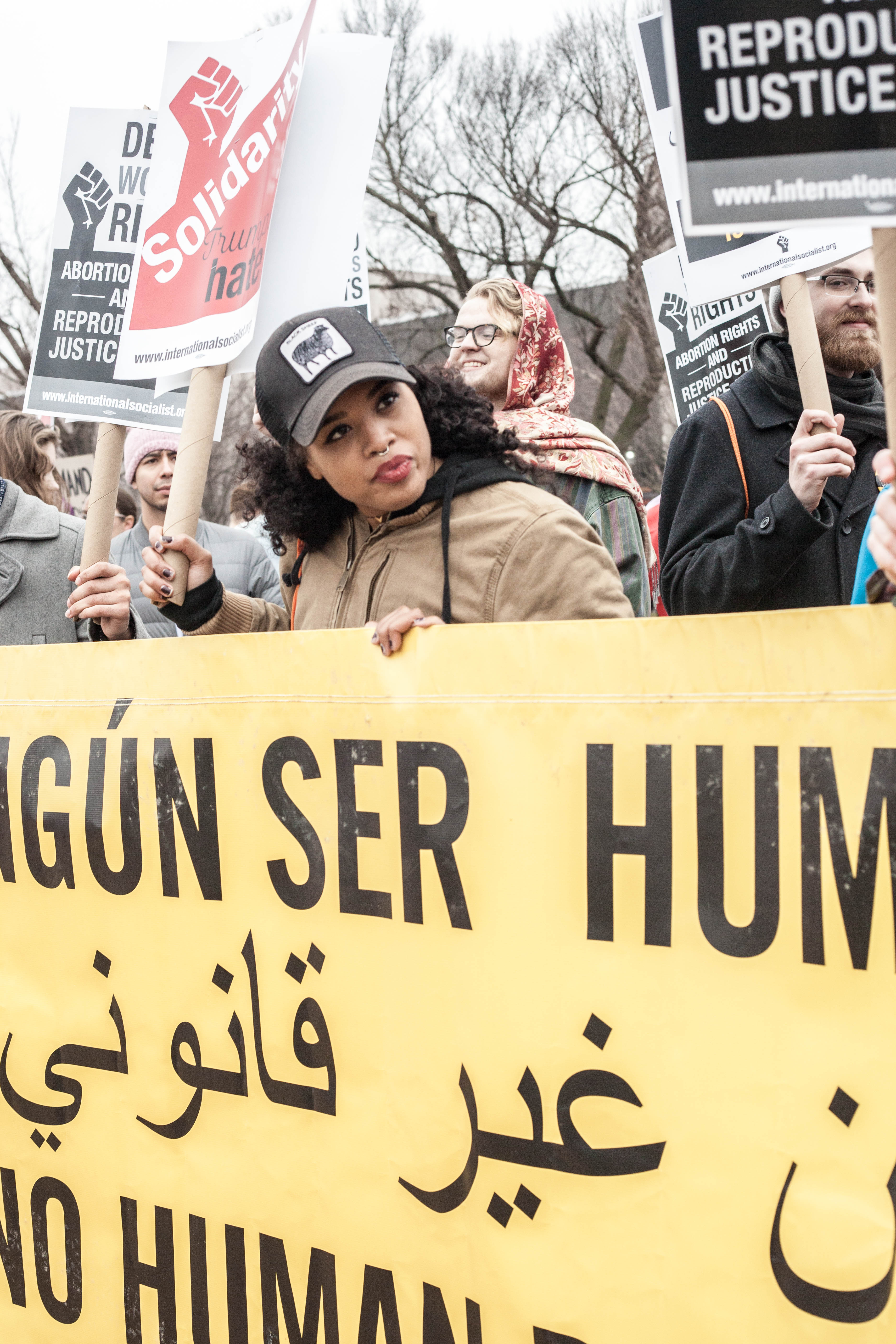
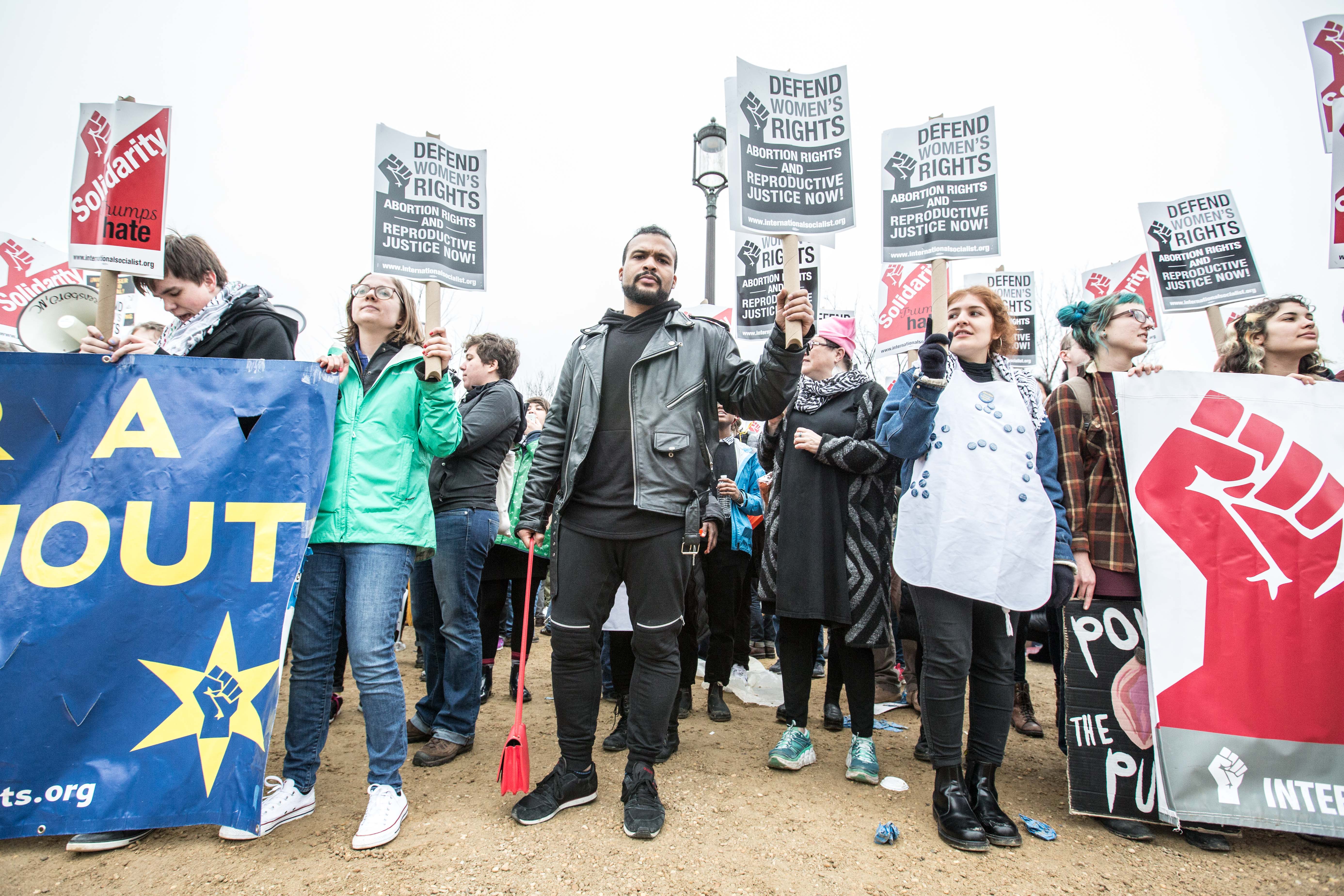
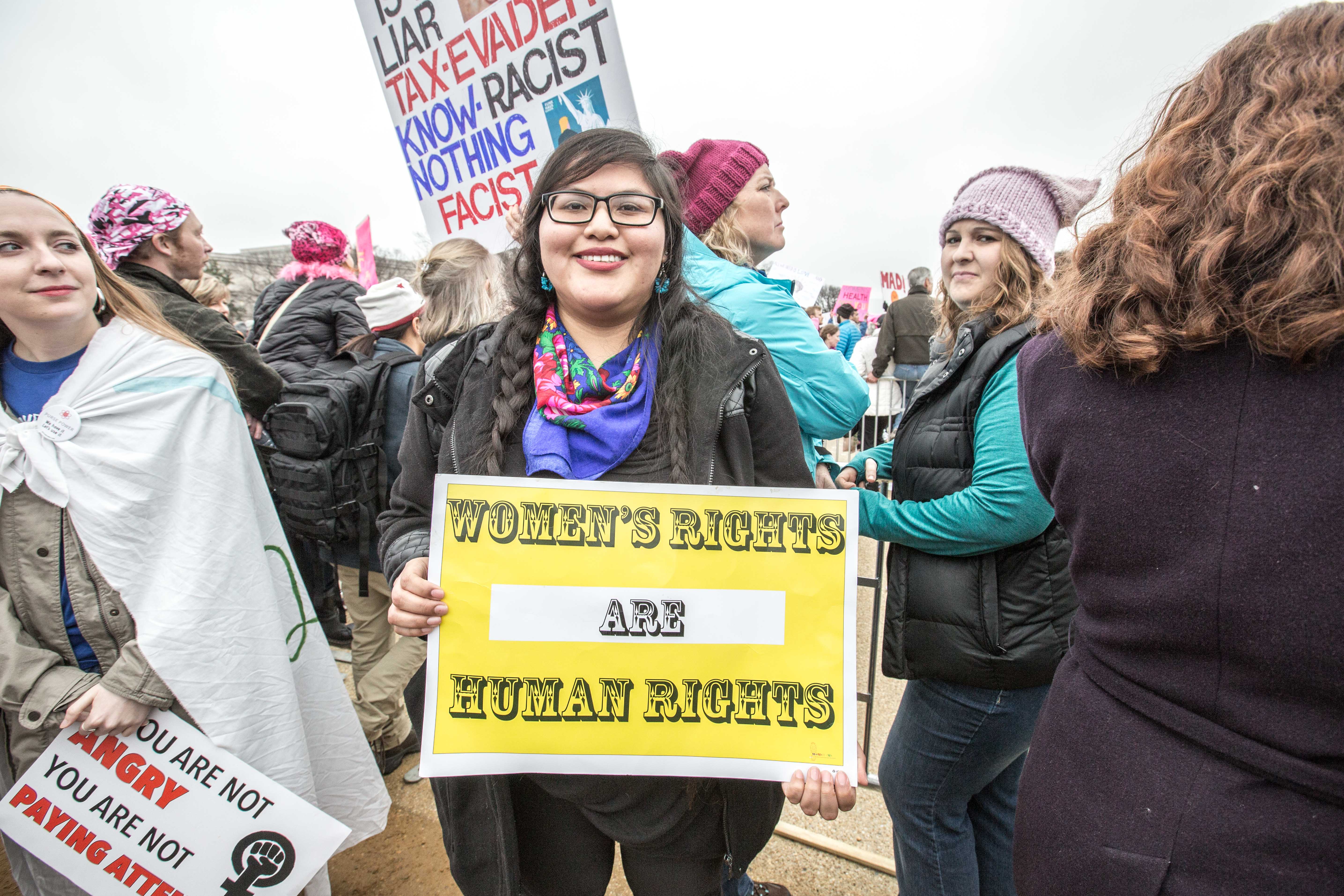
“My friends brought me out here, who are very hard core activists. I’m out here for indigenous woman rights, we need to have our voices heard. There are so many missing indigenous women who are getting kidnapped and murdered so we need to be focused and our voice needs to be heard.” – Lauren, 20.
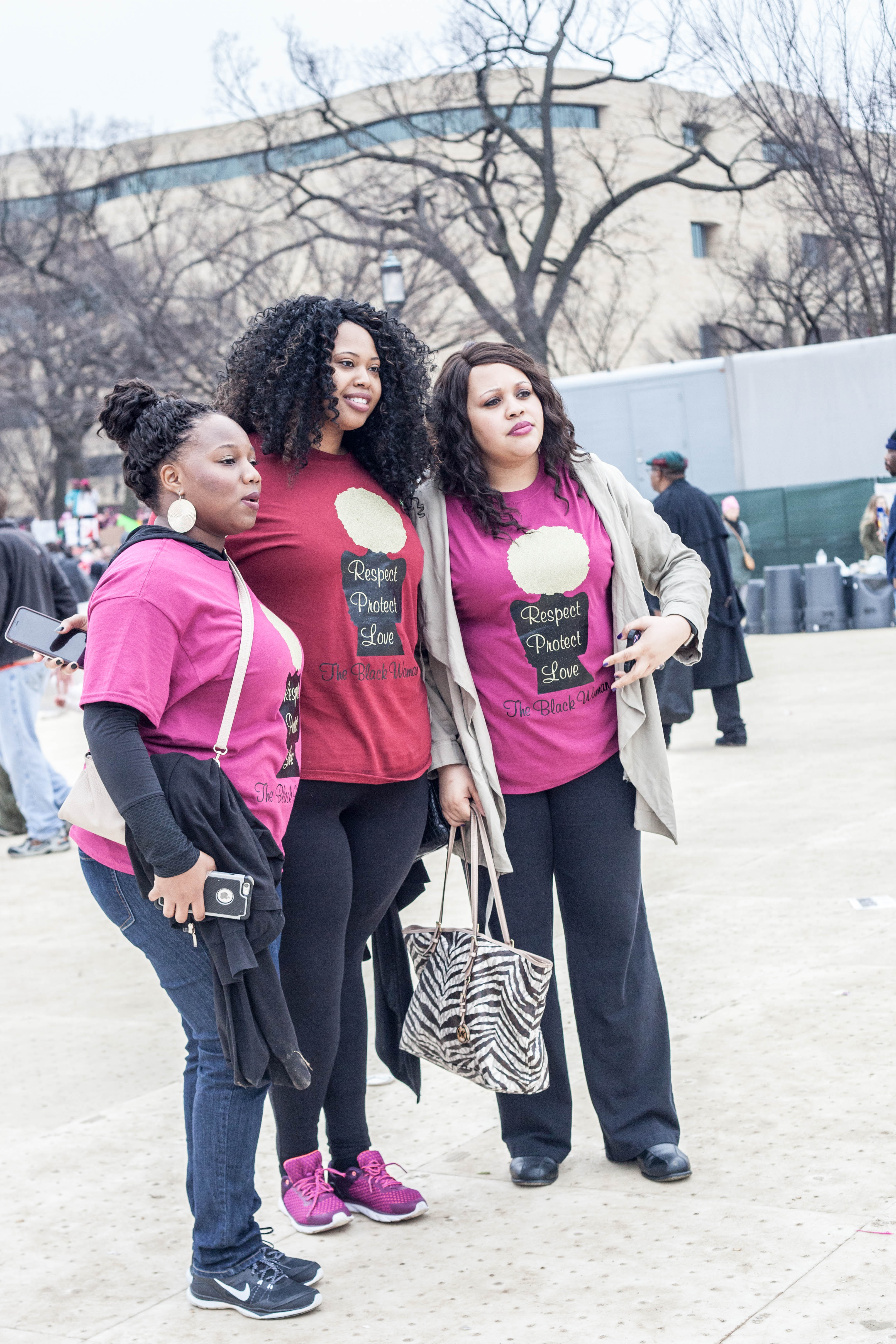
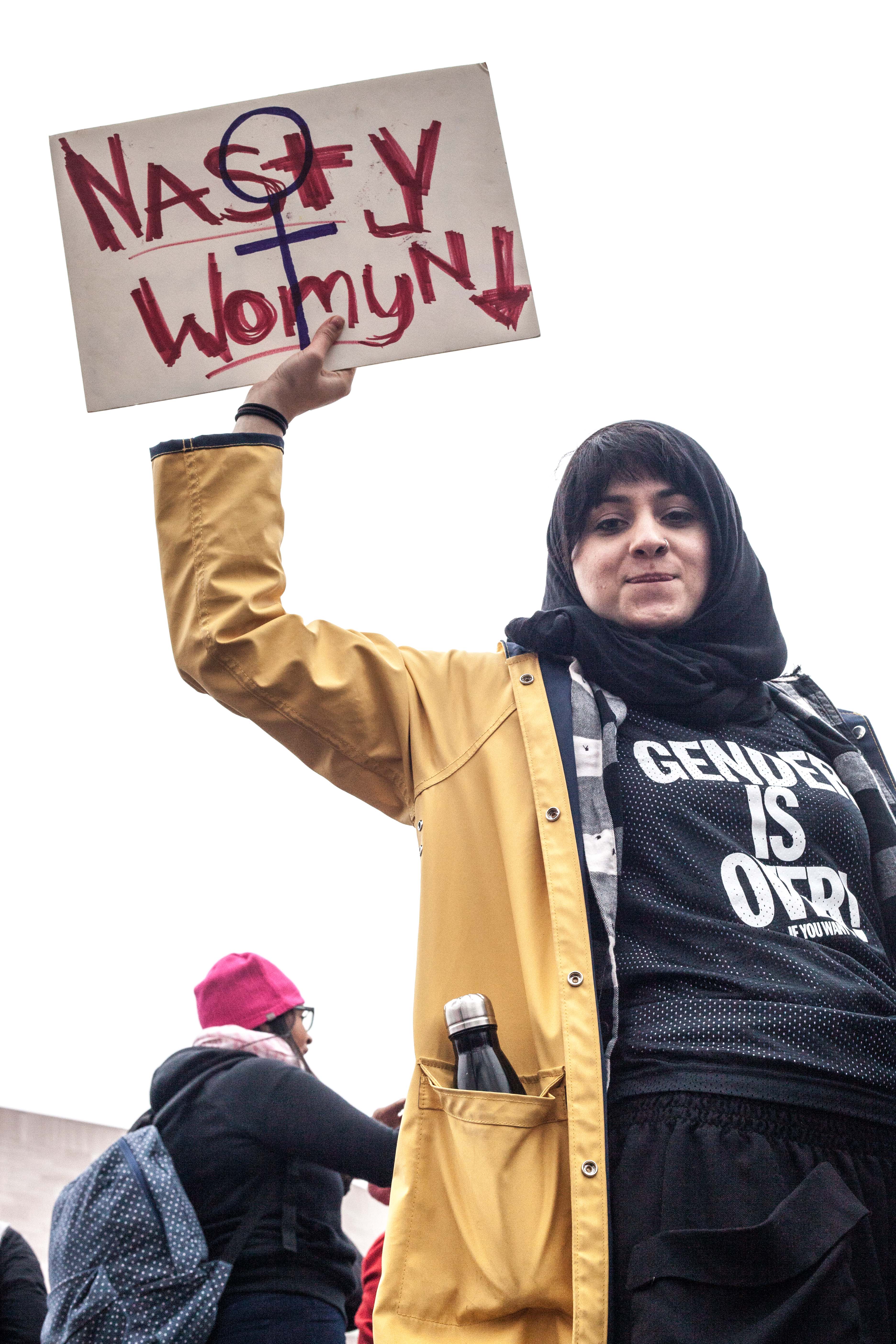
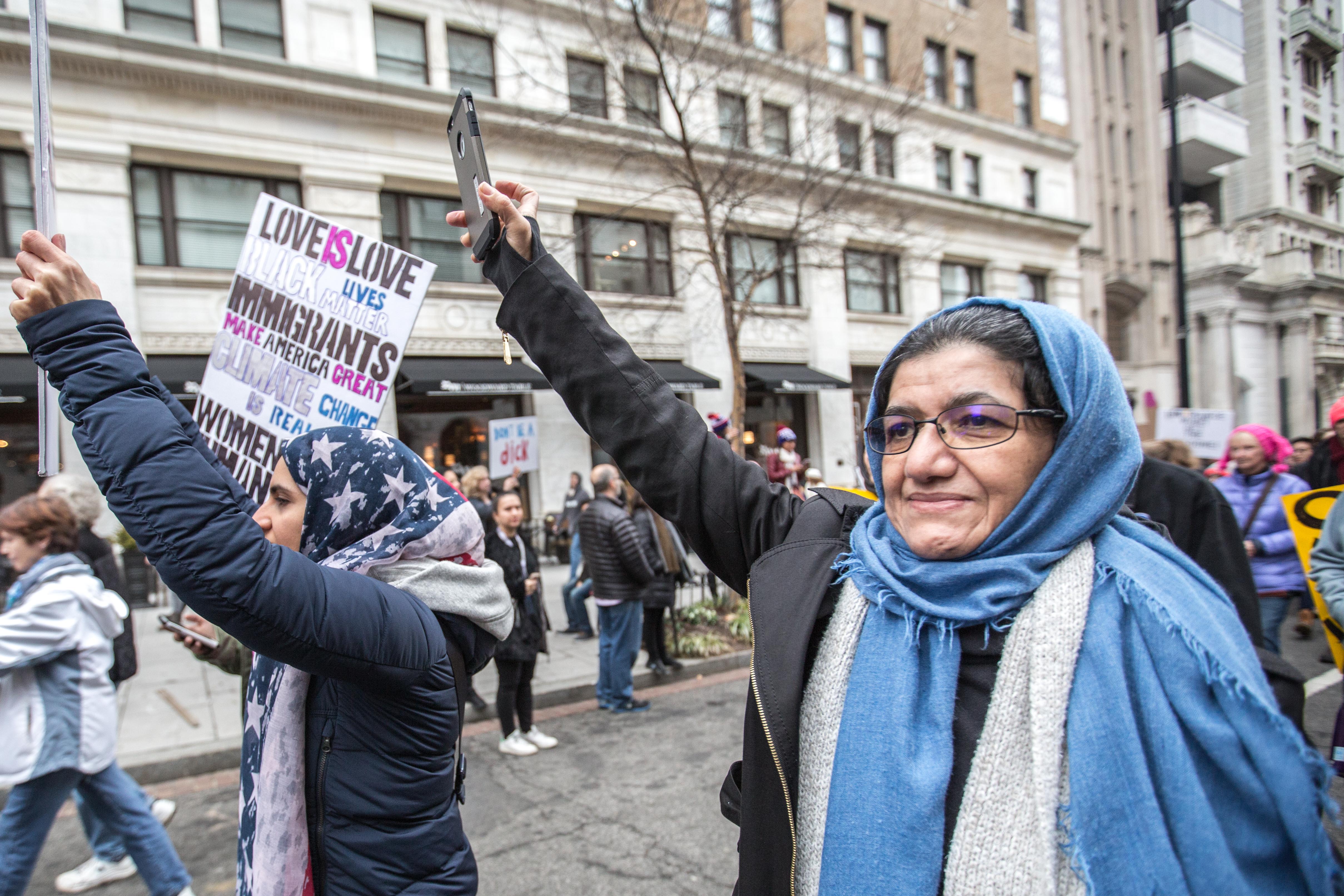
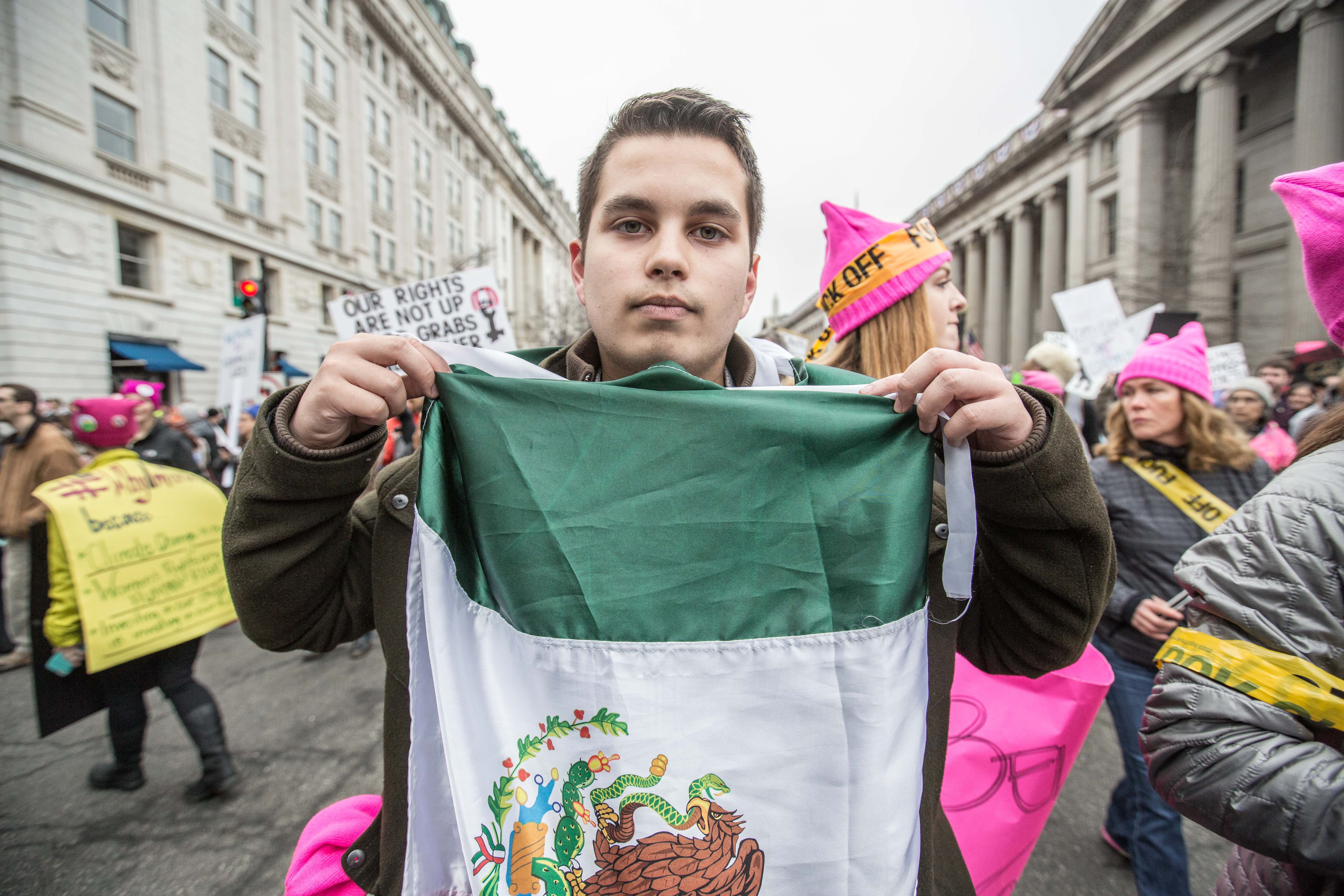
“[I’m here to] fight for women’s rights, especially for my mother and sister, and hopefully future wife and future daughter, if I have the privilege. I brought this flag specifically because Mexico tends to have this image of being very misogynist, and I’m here trying to represent that not everyone in Mexico thinks this way, and that it’s time to change. Like they’re trying to do here today in Washington D.C.” – Carlos Cantu, 20.
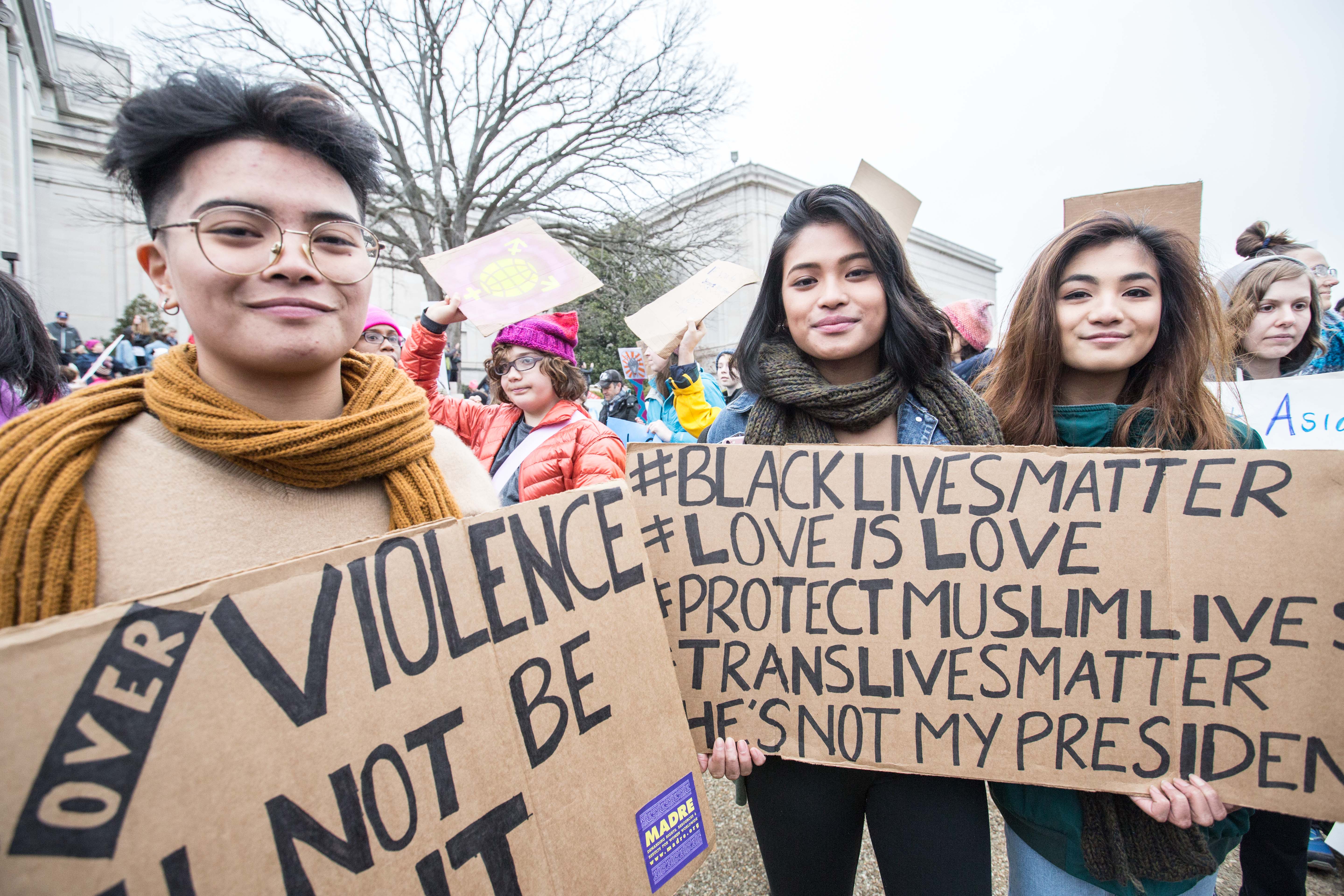
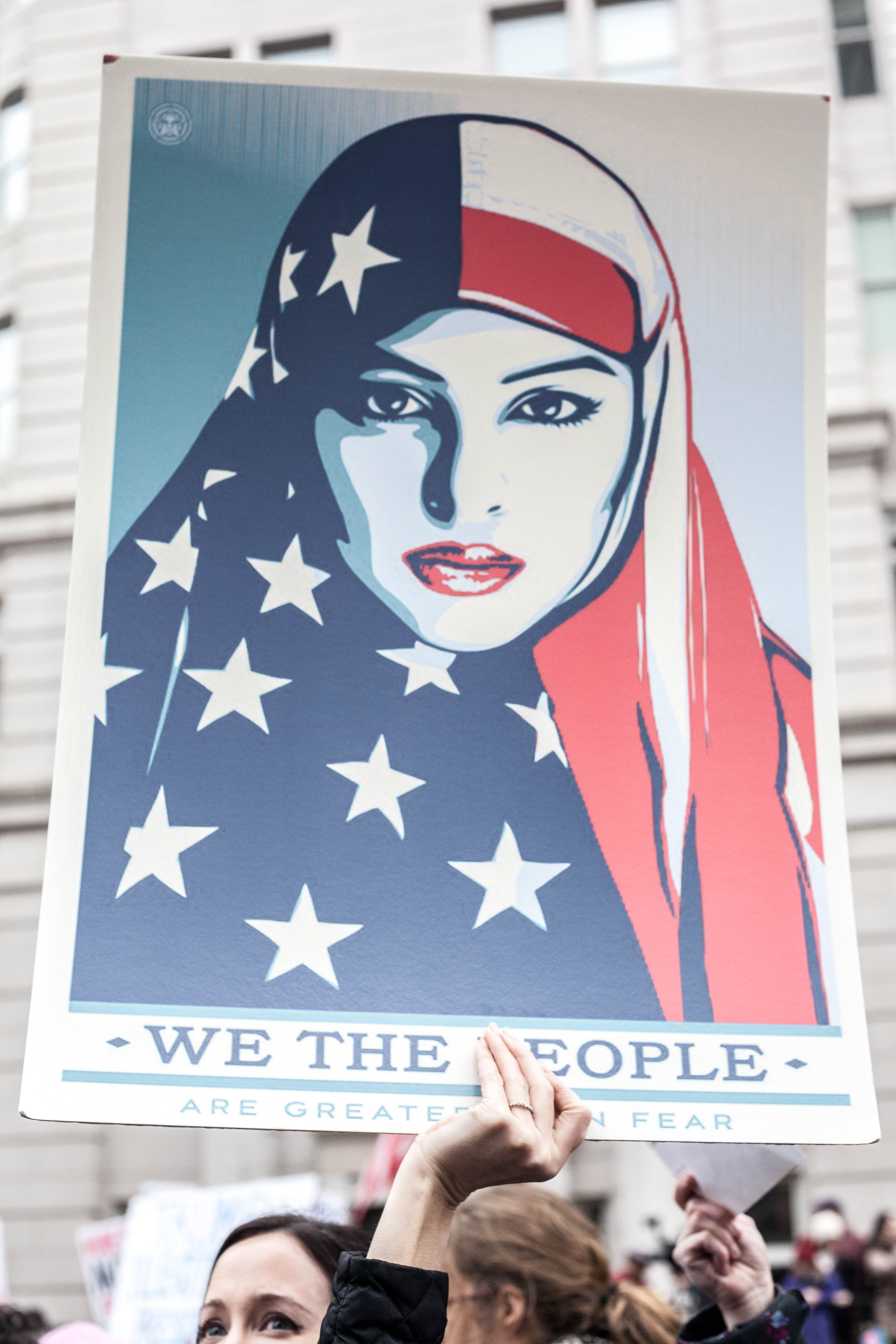
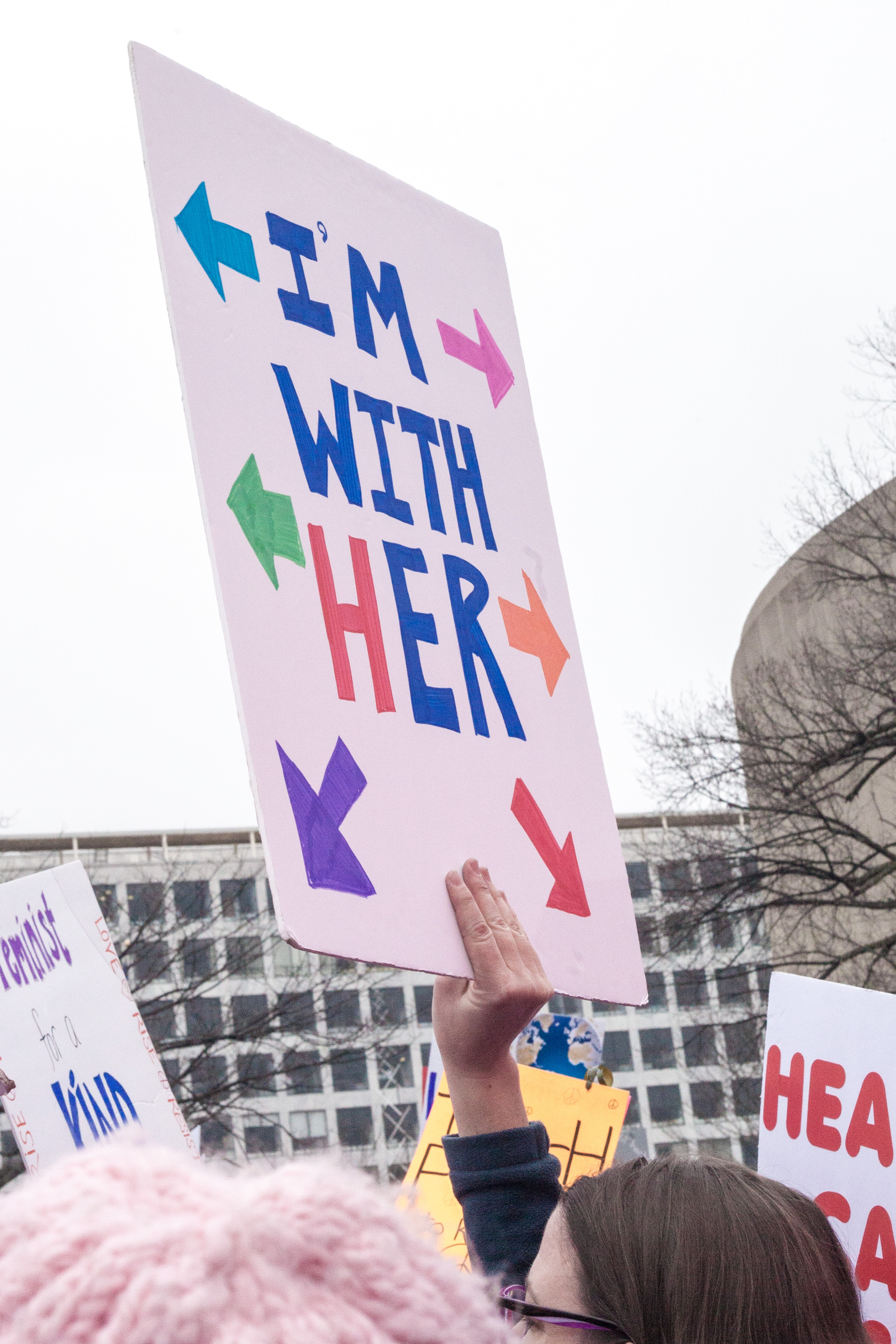
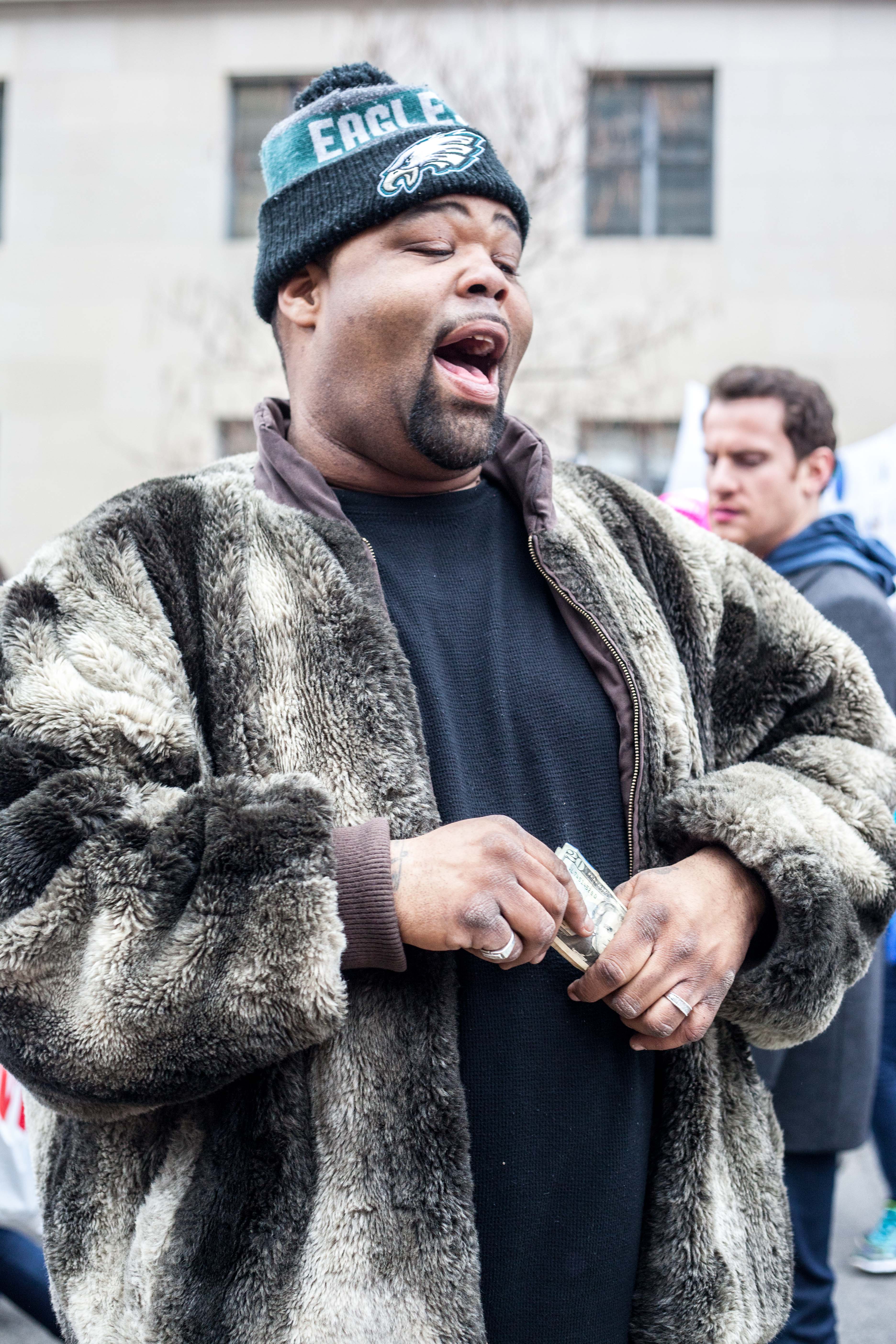
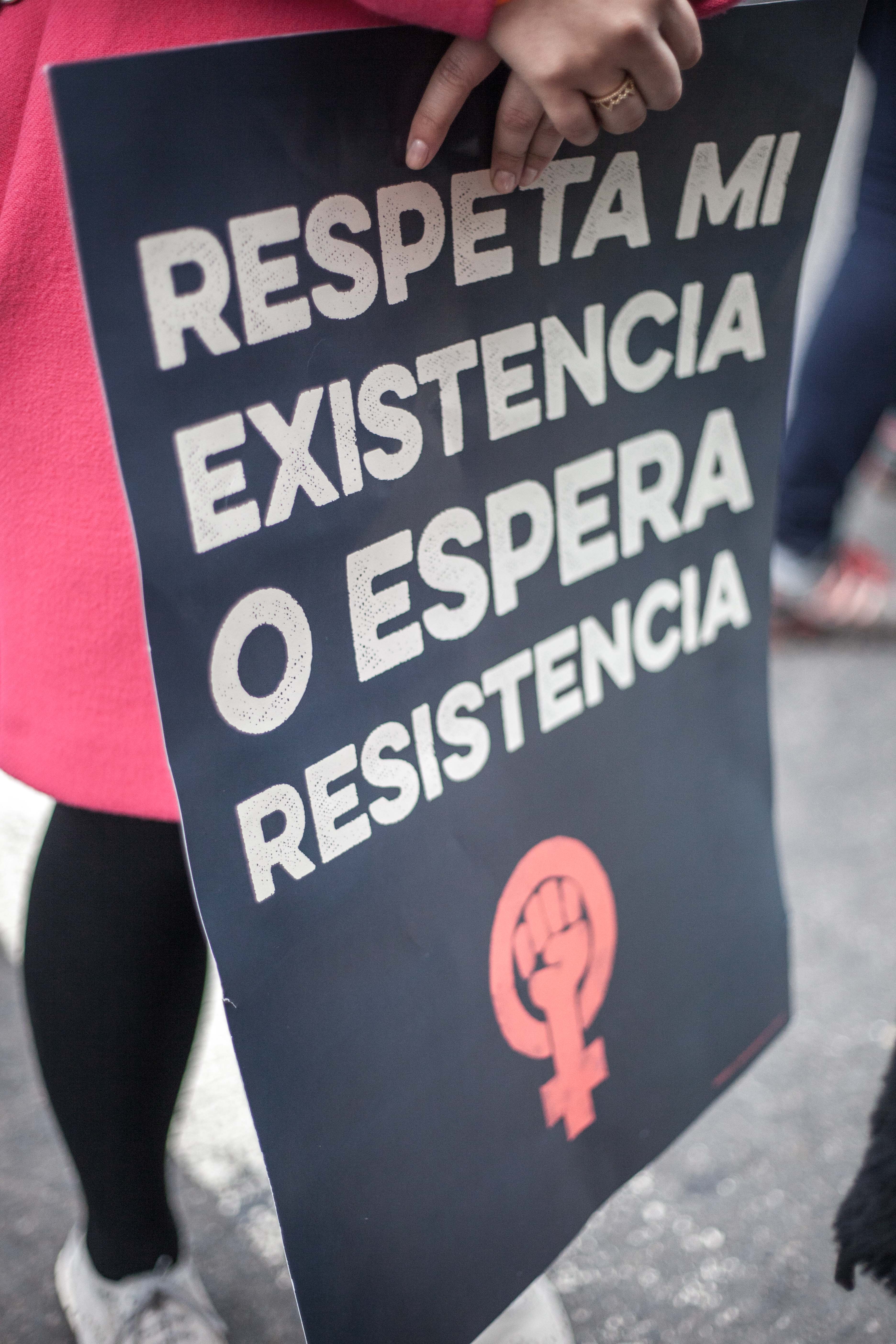
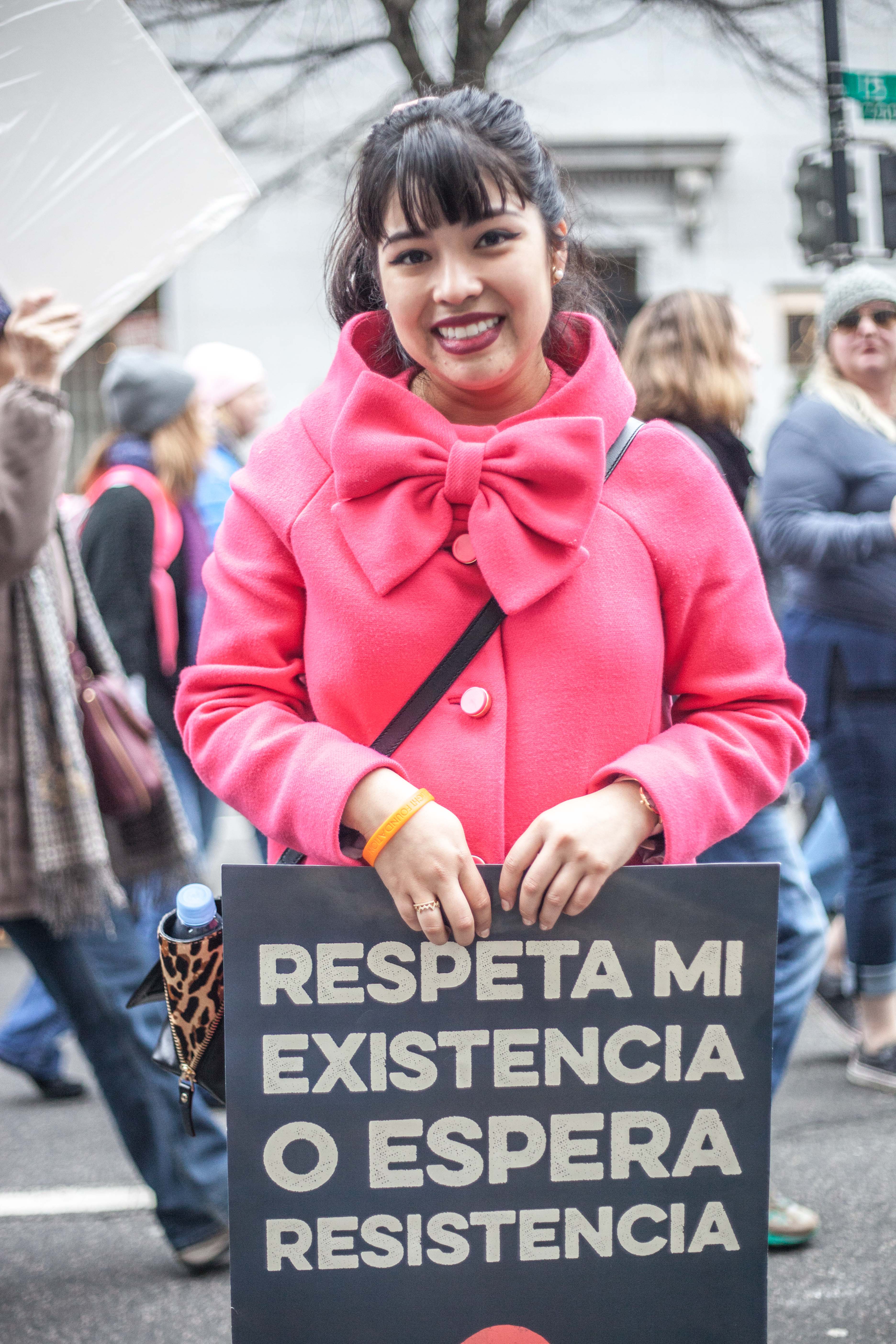
“I am the daughter of an immigrant, first generation to go to college and to get a Master’s degree. I’m here [to advocate] for abortion rights. My mother had an abortion when she was really young, right after she had me, and it’s something that she really struggles with. I have also had friends who have been victims of sexual assault. Actually, right now I’m wearing a bracelet to honor my friend from high school, who was raped and murdered about five years ago. It’ll be six years this February. And so, thinking of her, thinking of all the strong women I’ve been surrounded by and even the strong men who have supported me, being out here and seeing those same types of people all come together has been very encouraging. And it just makes me that much more motivated and less disheartened than I felt the day after the election.” – Yadira Molina, 24.
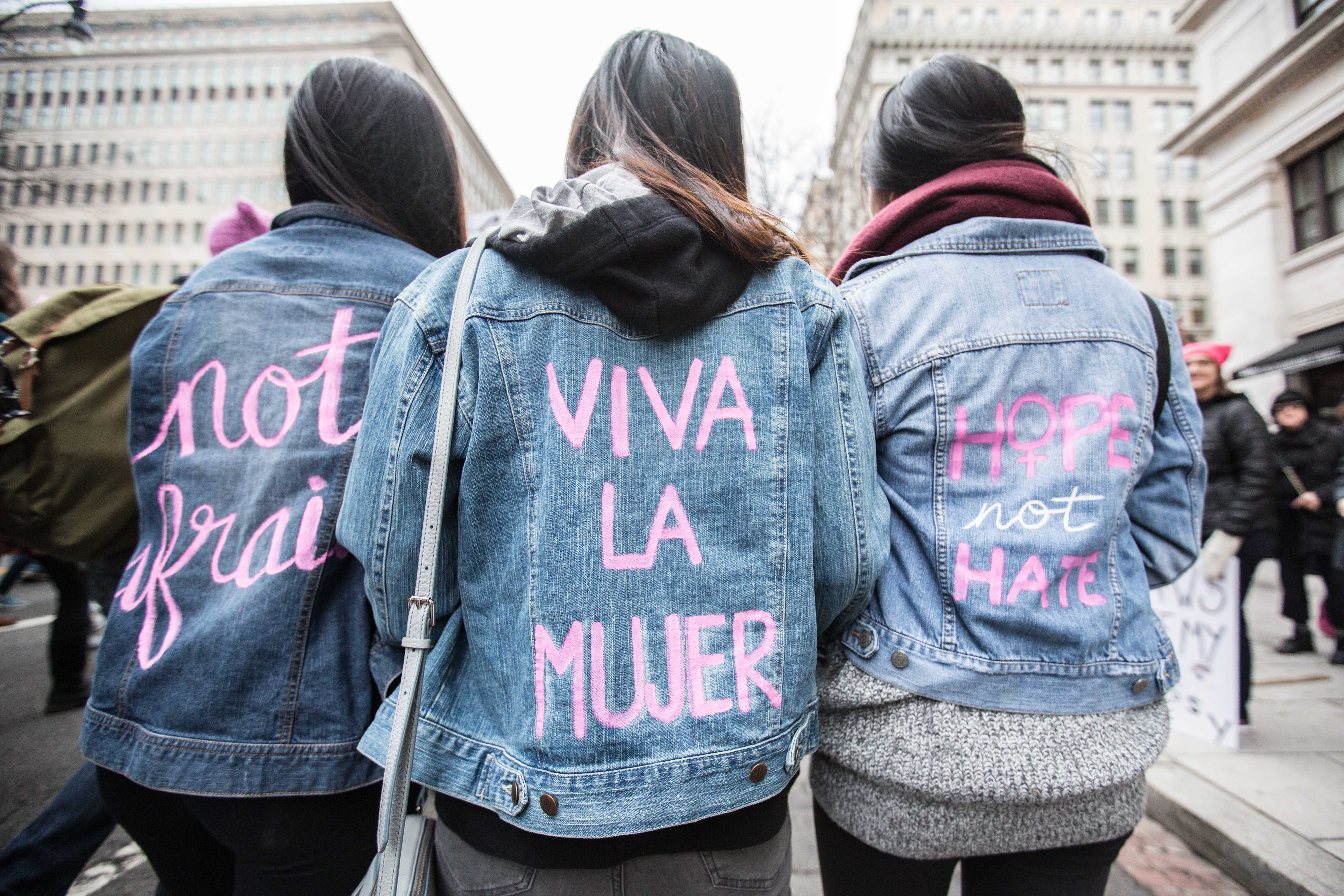
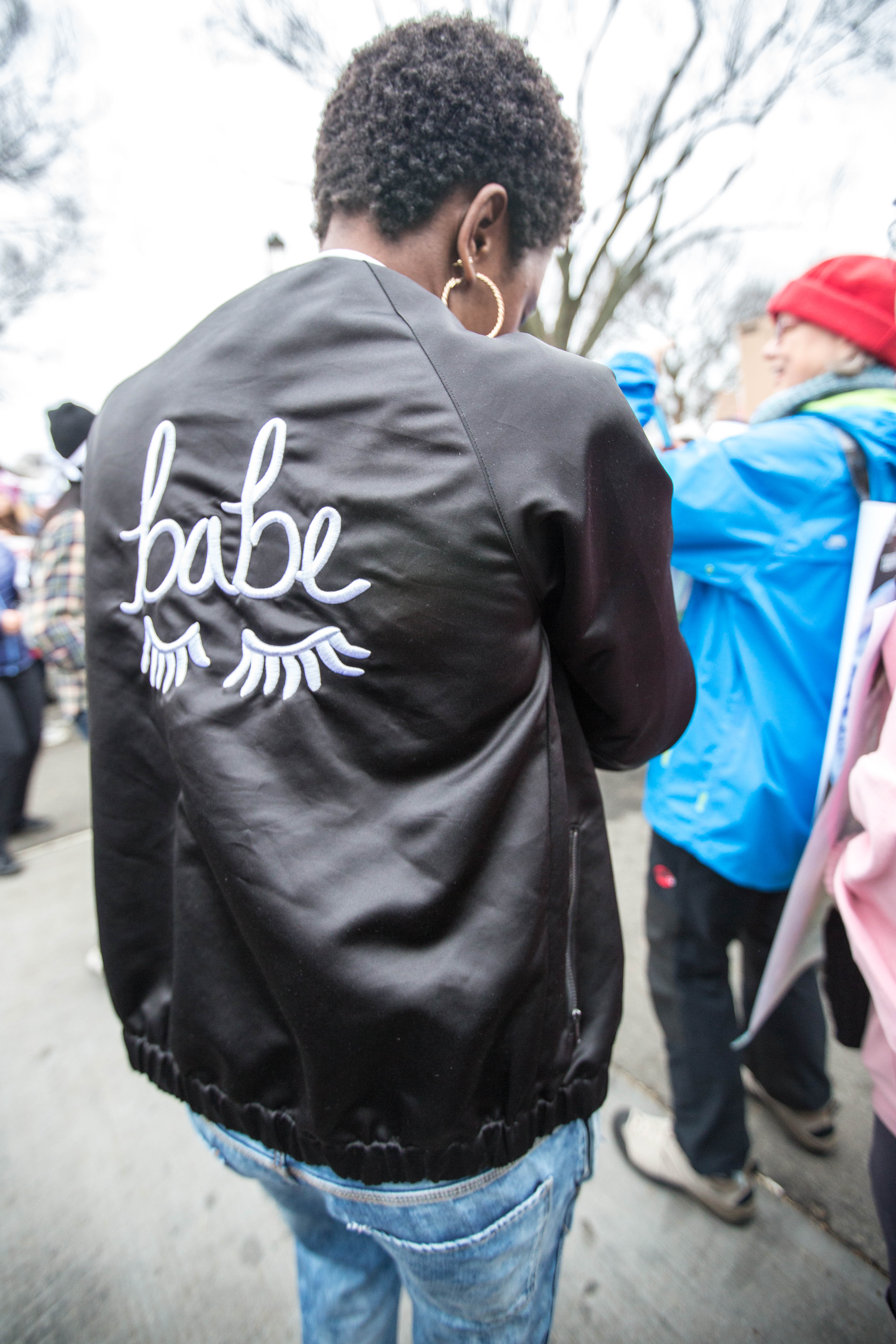
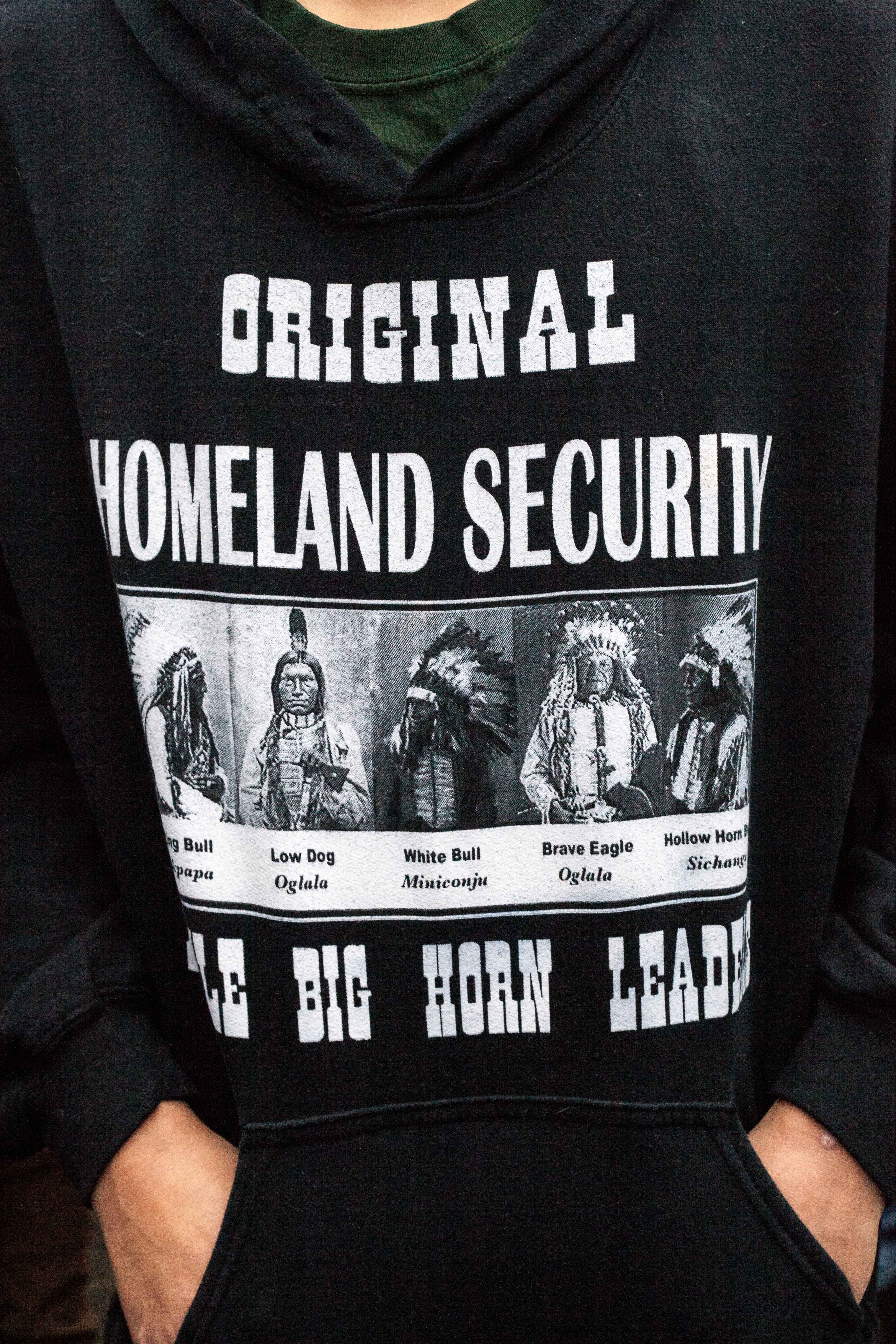
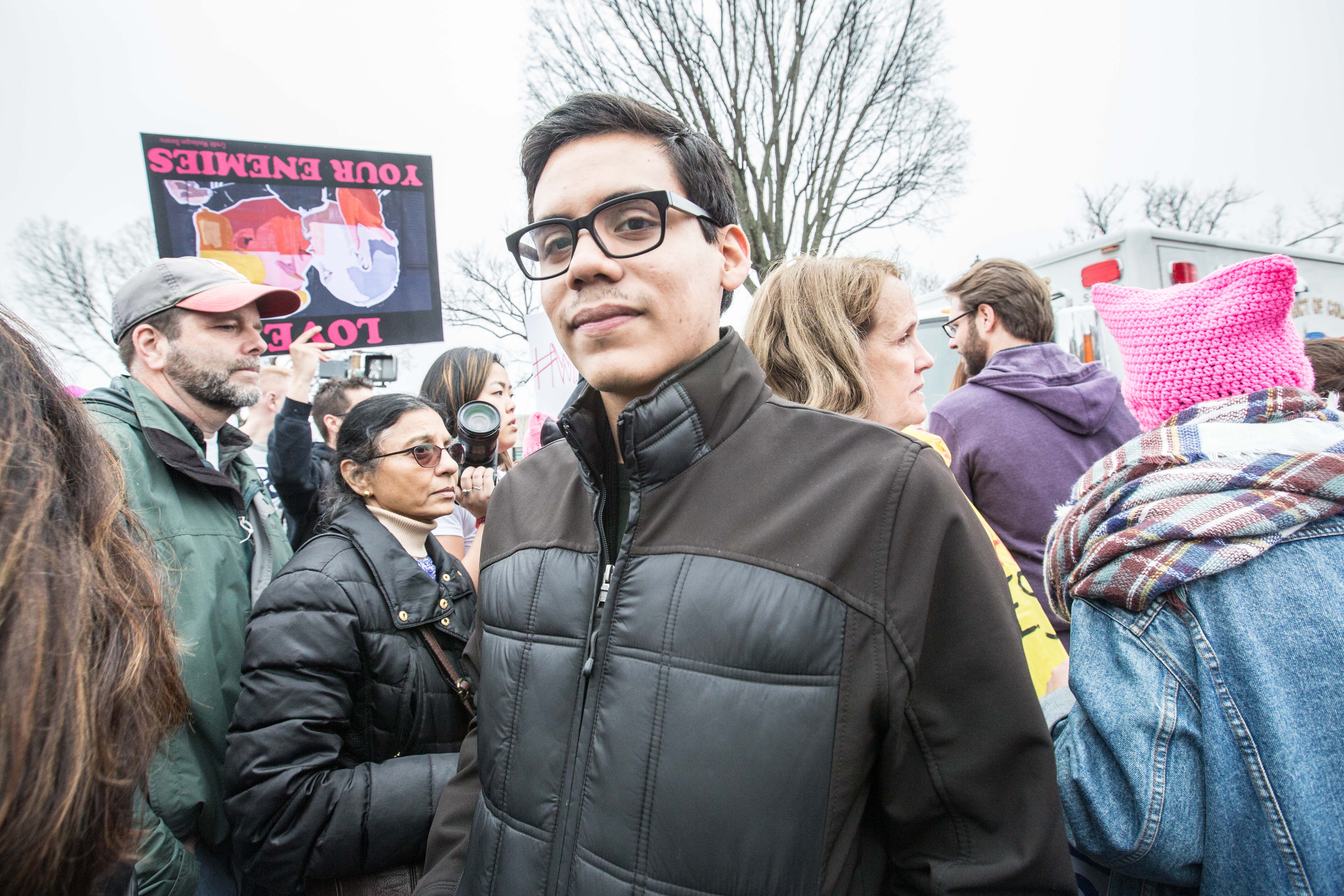 “I think it’s important to be here because it’s a sign that you’re passionate about what you believe in. As long as you do it peacefully, I think the message gets across. I believe in logic. We want to be a progressive society, we want to support legislation that benefits everybody, not just a few people. It’s also important to support women’s rights; they were under attack during the campaign and I think the more support you show here, the more it shows the administration that the American people believe in equal rights for women.” – Alonso Díaz, 19.
“I think it’s important to be here because it’s a sign that you’re passionate about what you believe in. As long as you do it peacefully, I think the message gets across. I believe in logic. We want to be a progressive society, we want to support legislation that benefits everybody, not just a few people. It’s also important to support women’s rights; they were under attack during the campaign and I think the more support you show here, the more it shows the administration that the American people believe in equal rights for women.” – Alonso Díaz, 19.
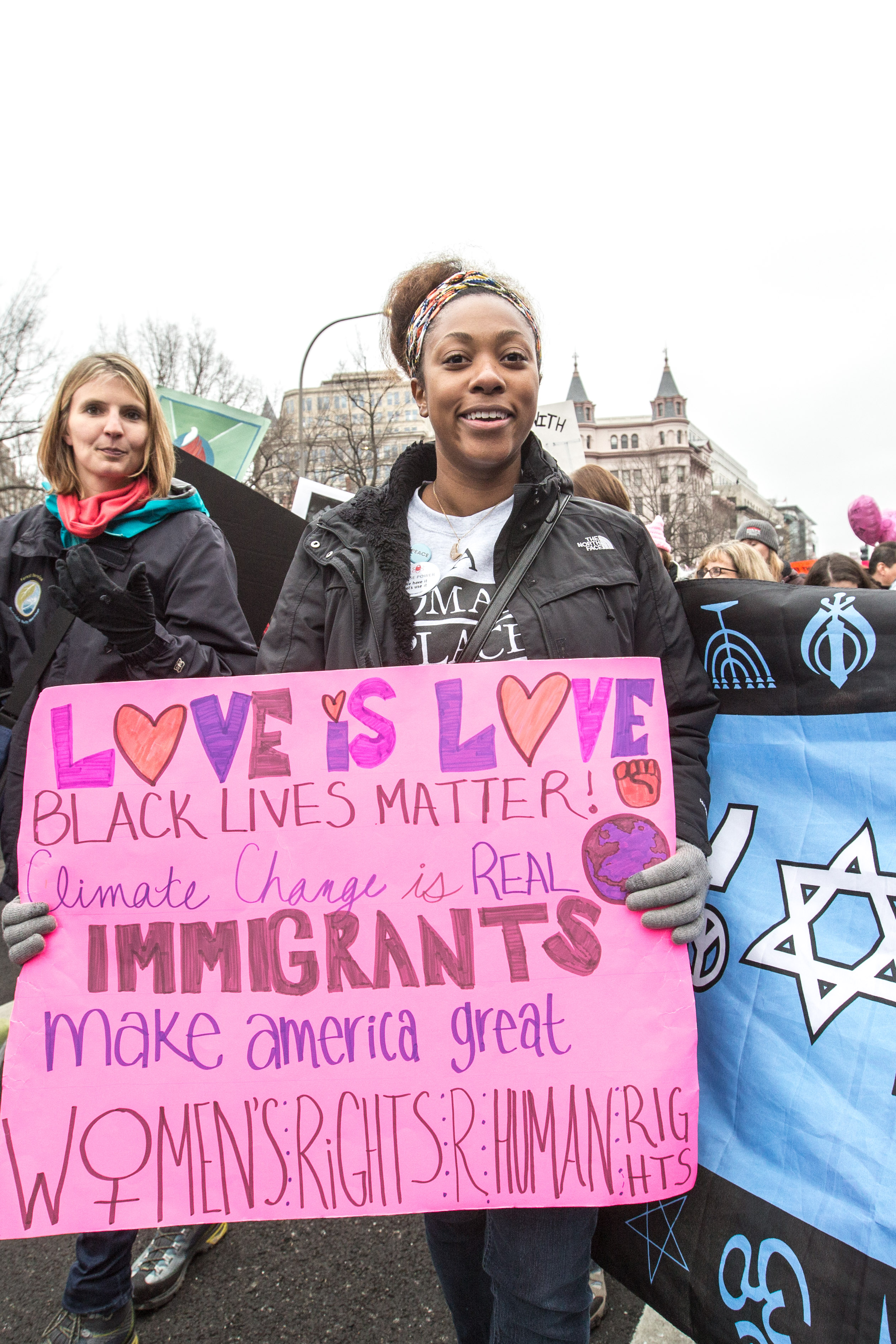
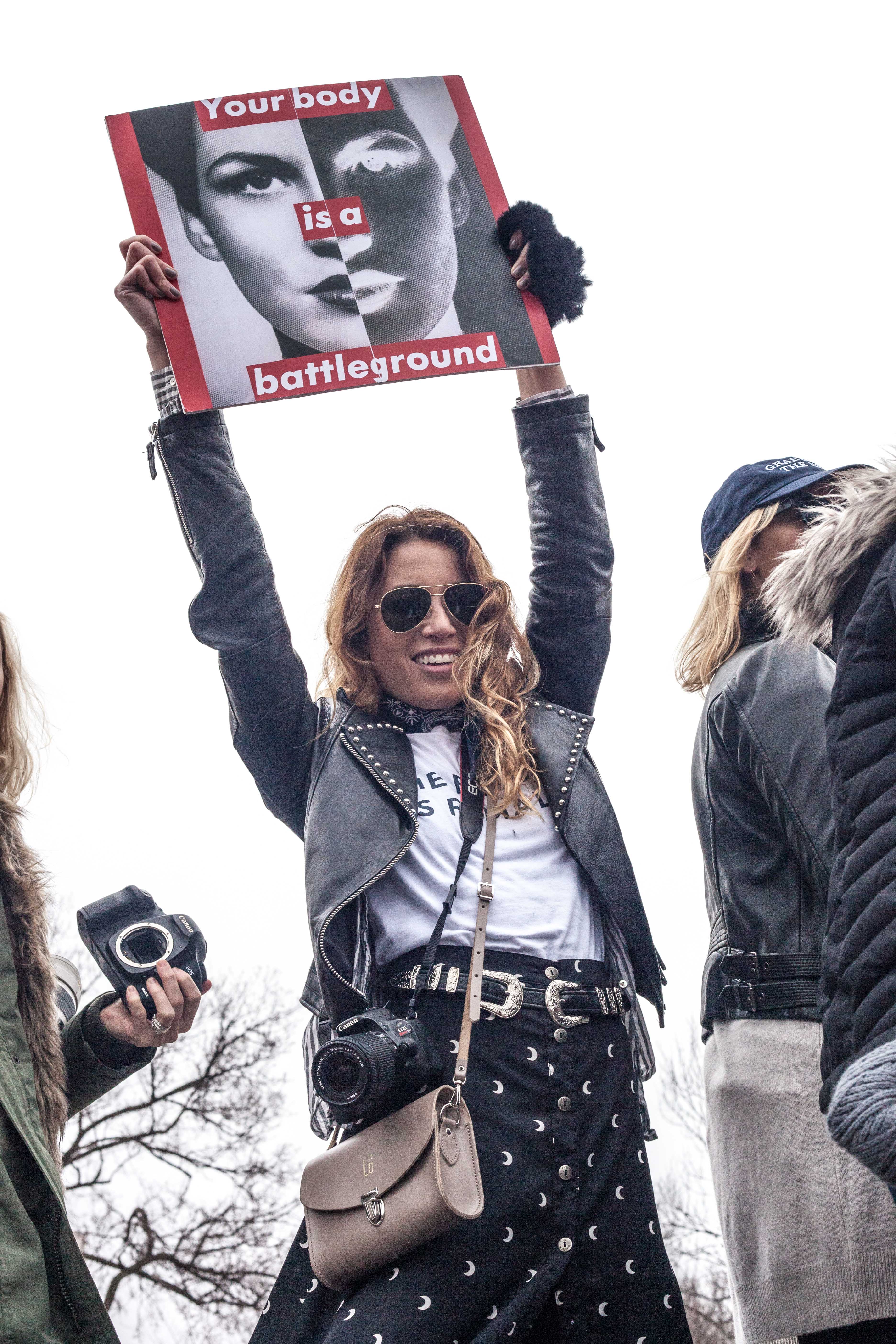
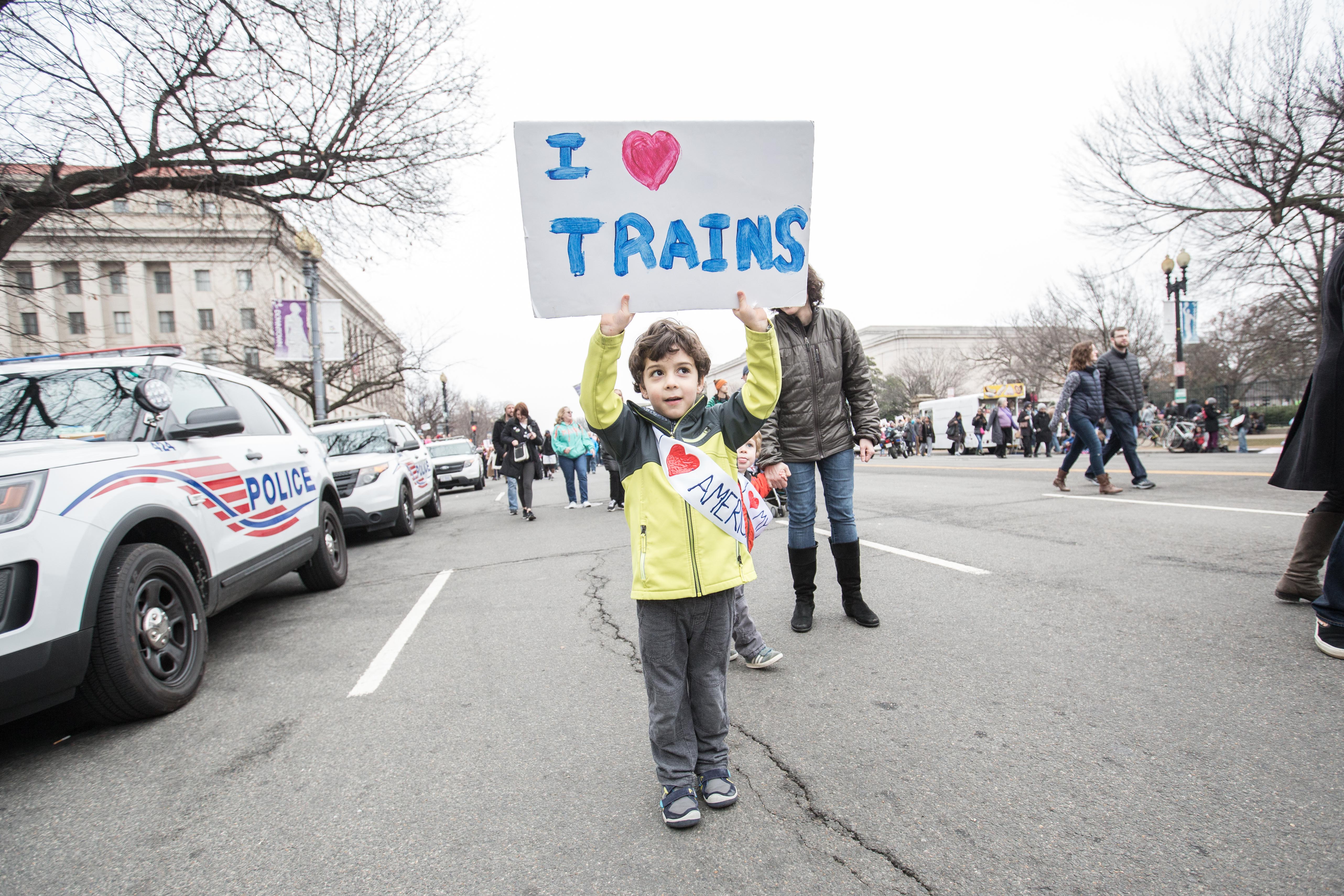
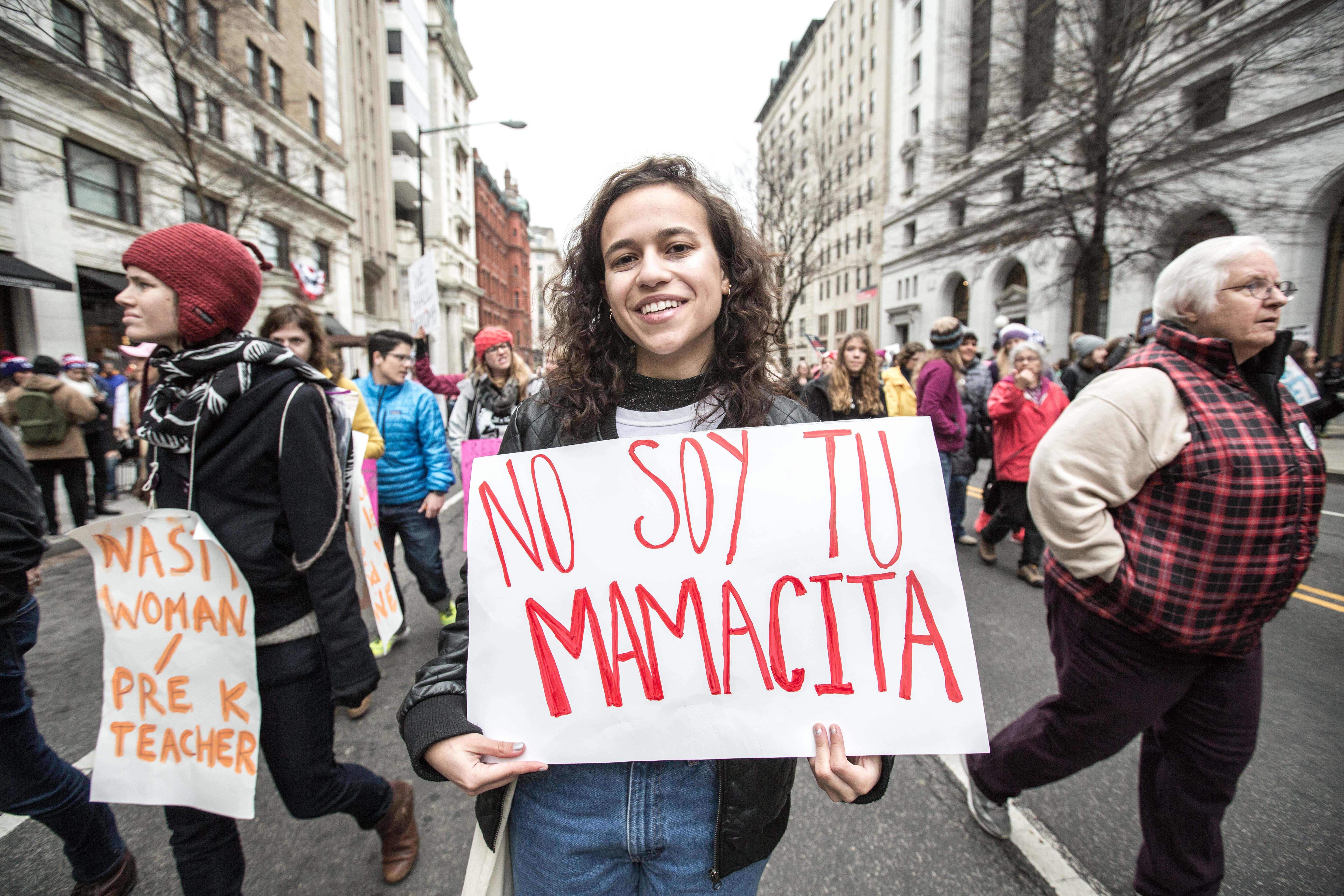
“I really wanted to get involved and I thought it would be a good way to show my support, and make sure the march is inclusive. A lot of people were worried about it just being white women, so I wanted to mix it up. I’m [also here] for immigration, because most of my family are immigrants. Also, Black Lives Matter. I’m mostly here for people of color.” – Valerie Voswinkel, 21.
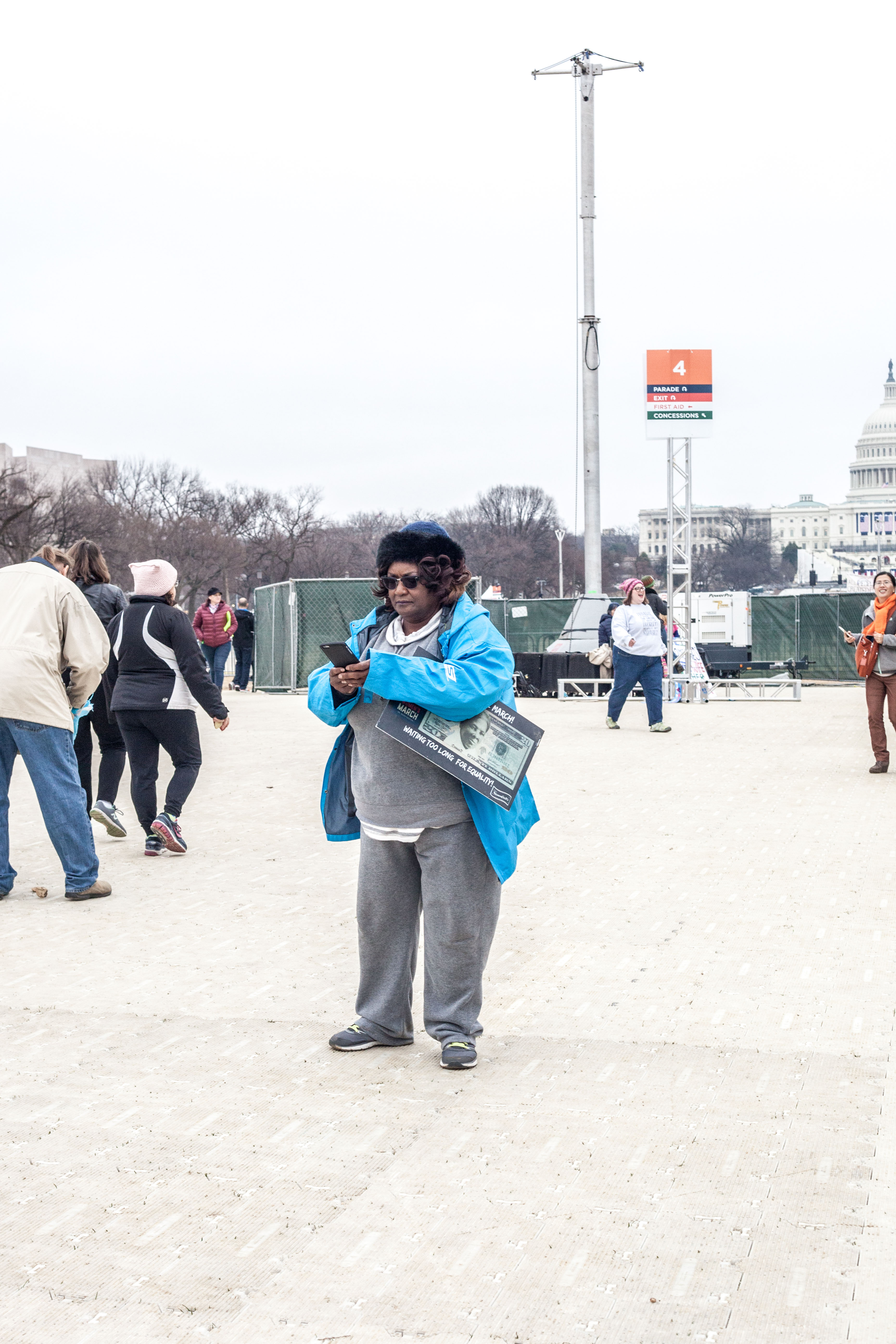
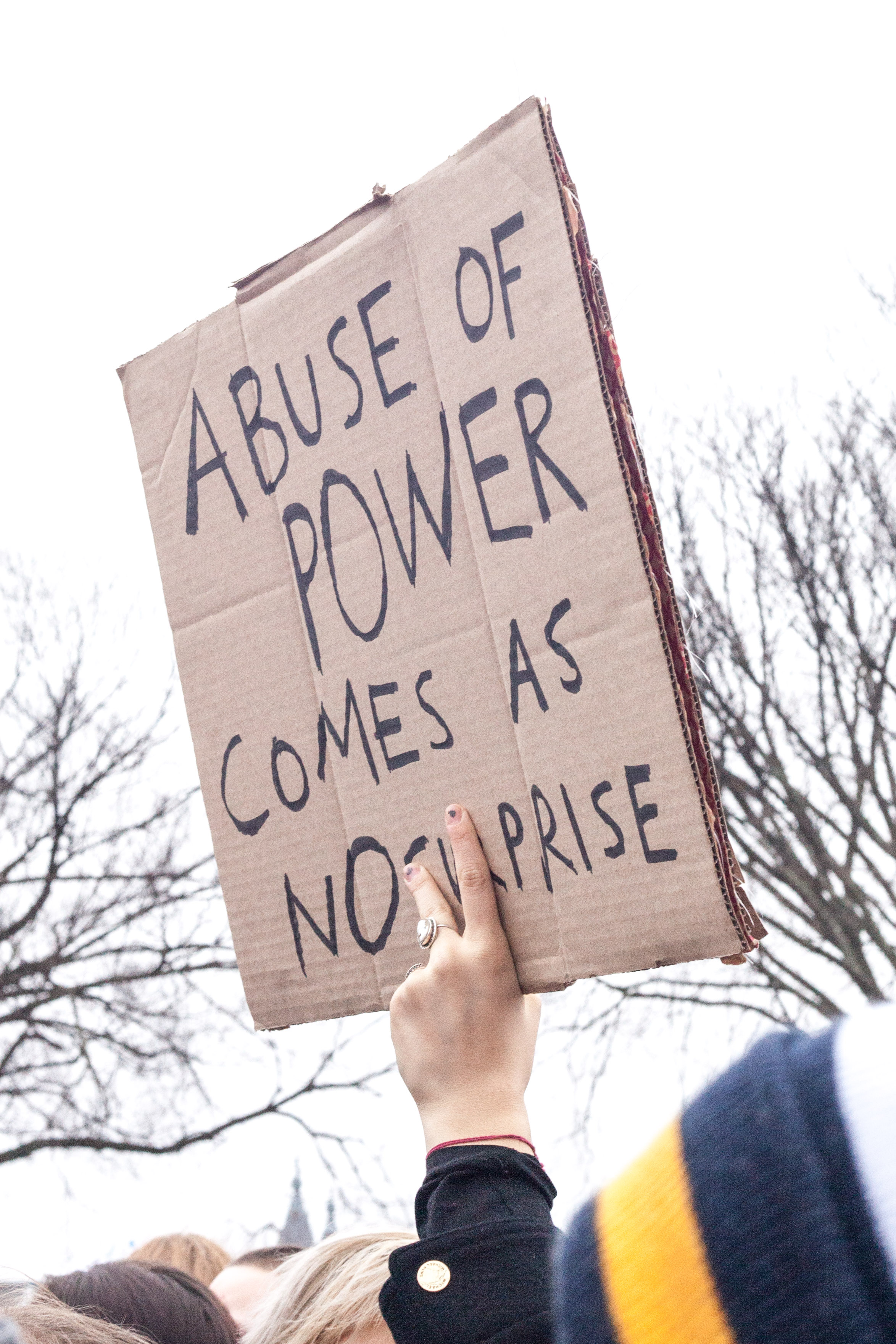
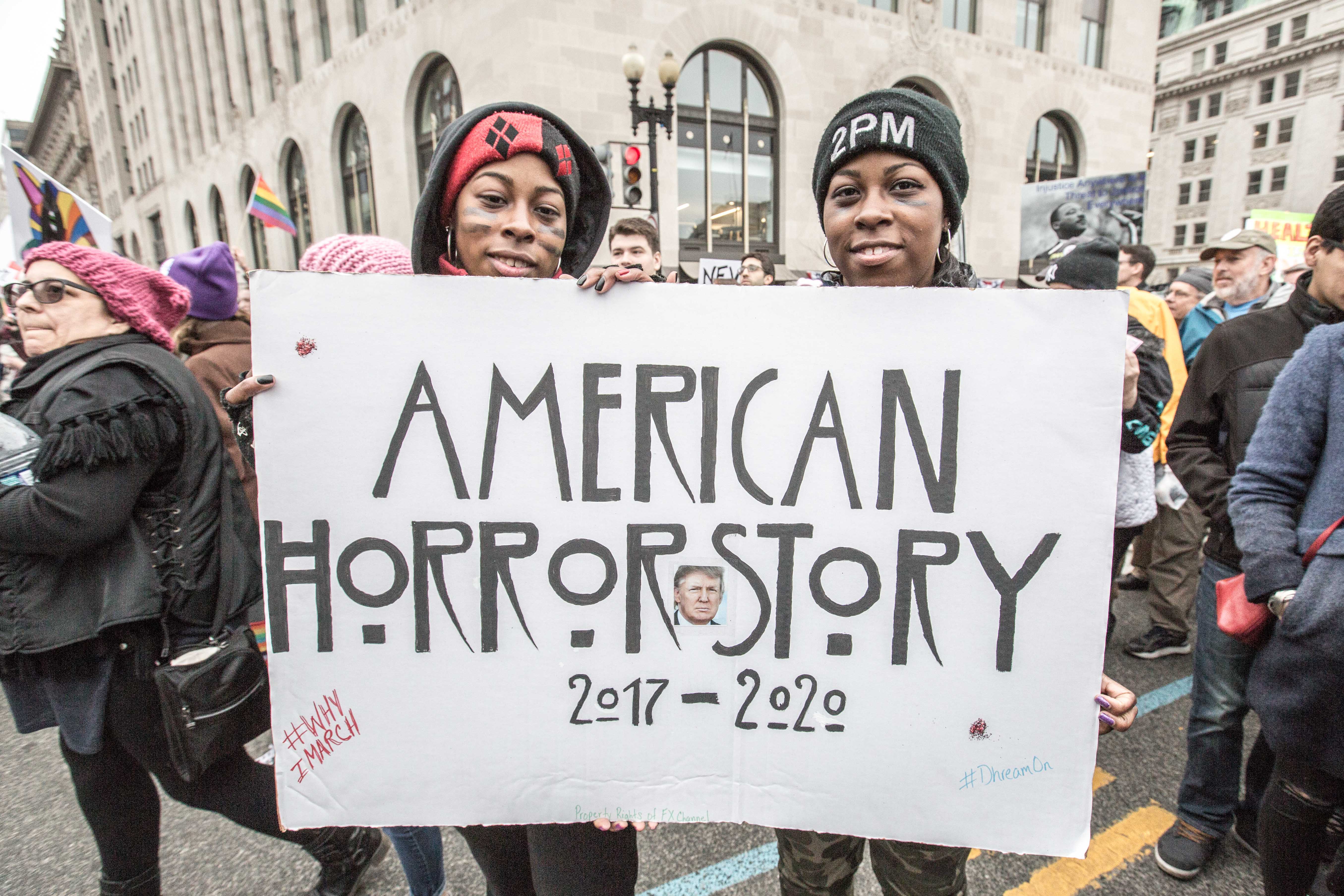
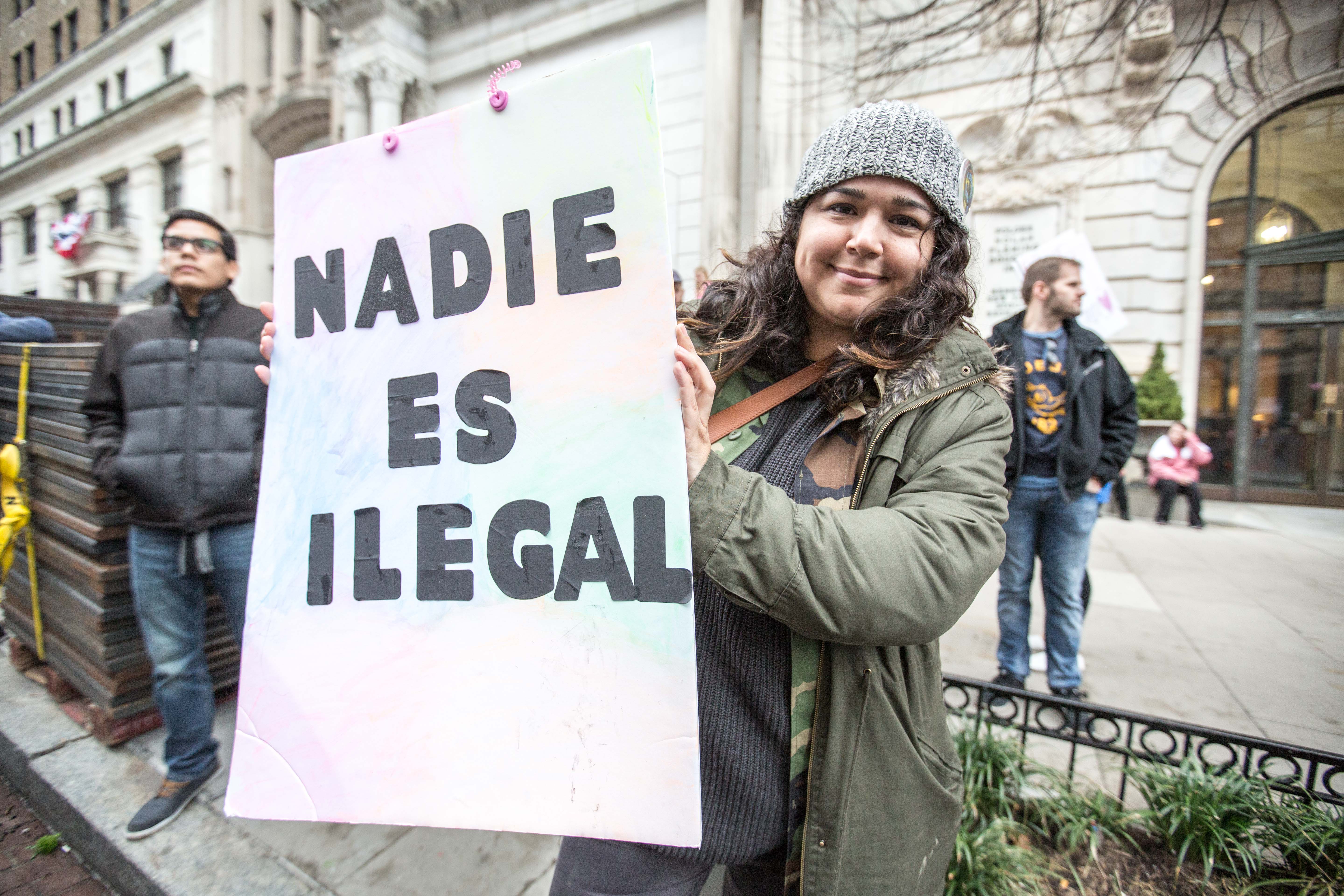 “I had such a serious reaction, an almost physical reaction to the election results. I would have felt terrible if I didn’t come out here and lend my voice to all these amazing voices out here today. The other side of this sign says ‘Conseguir puentes en lugar de muros.’ You know, as many people have said here, we’re not protesting what we’re against, but more what we’re for. And we’re for inclusivity, we’re for diversity. And we have to counter what’s in the White House right now, we have to be that counter voice.” – Jessica Torres, 33.
“I had such a serious reaction, an almost physical reaction to the election results. I would have felt terrible if I didn’t come out here and lend my voice to all these amazing voices out here today. The other side of this sign says ‘Conseguir puentes en lugar de muros.’ You know, as many people have said here, we’re not protesting what we’re against, but more what we’re for. And we’re for inclusivity, we’re for diversity. And we have to counter what’s in the White House right now, we have to be that counter voice.” – Jessica Torres, 33.
